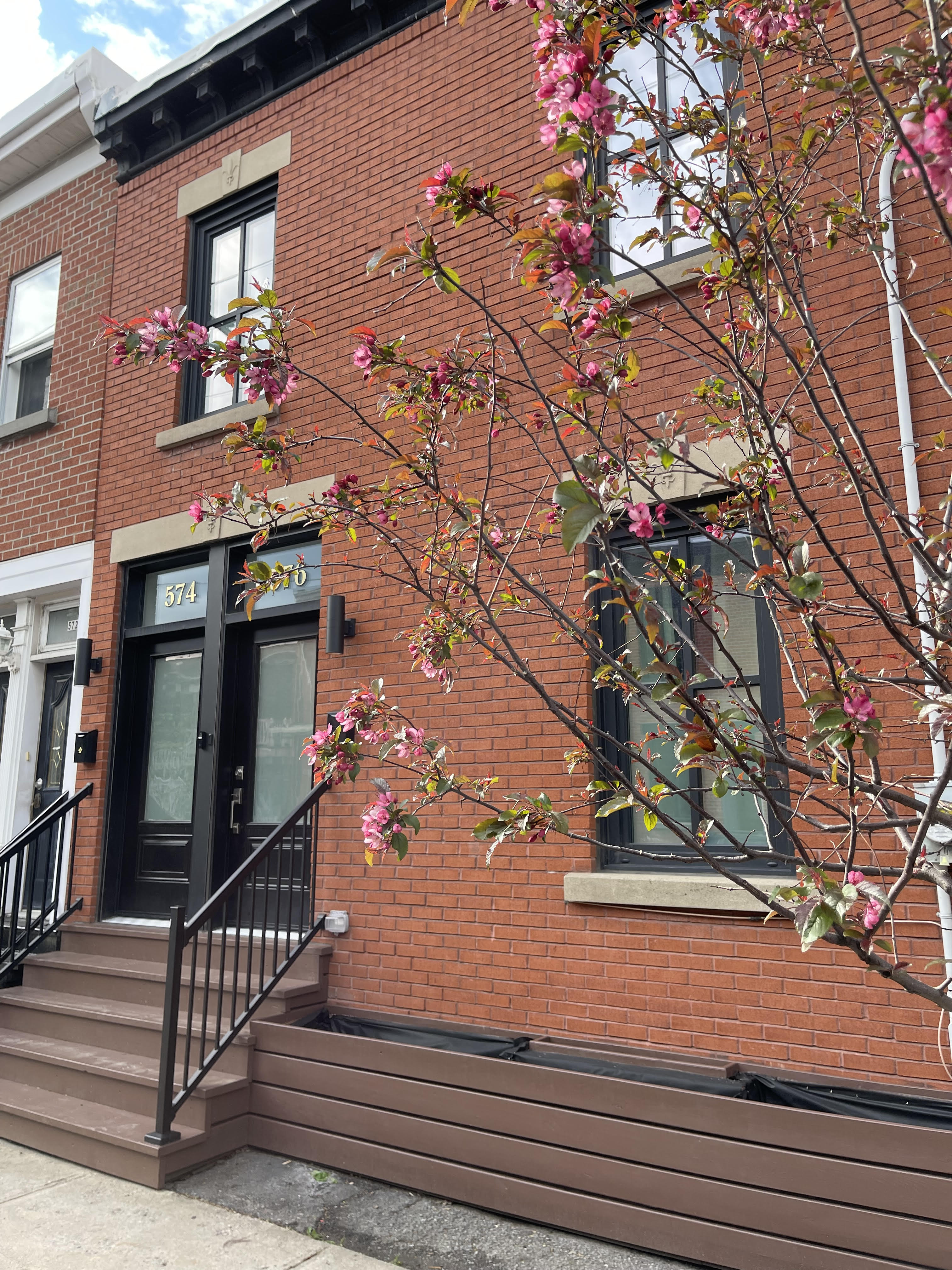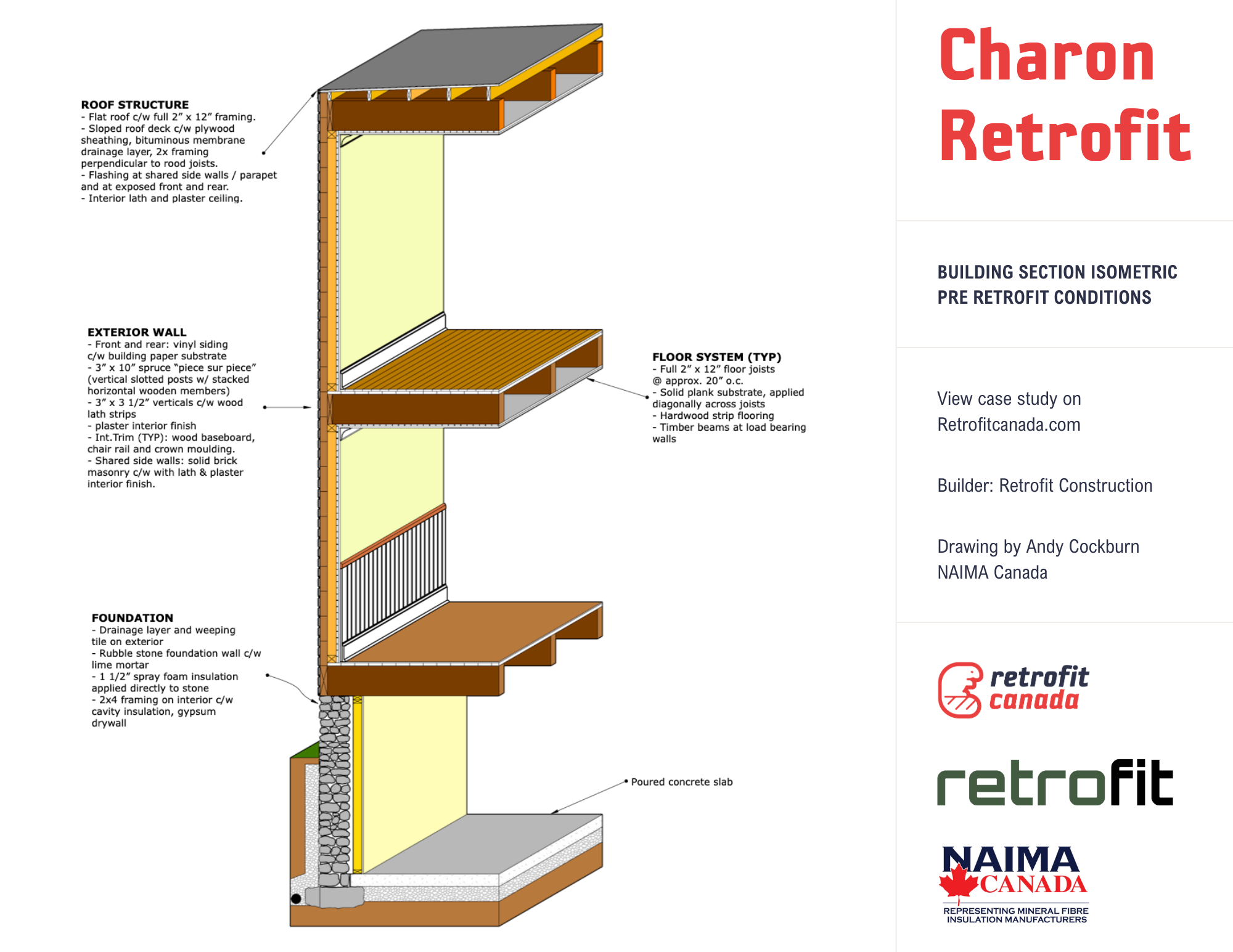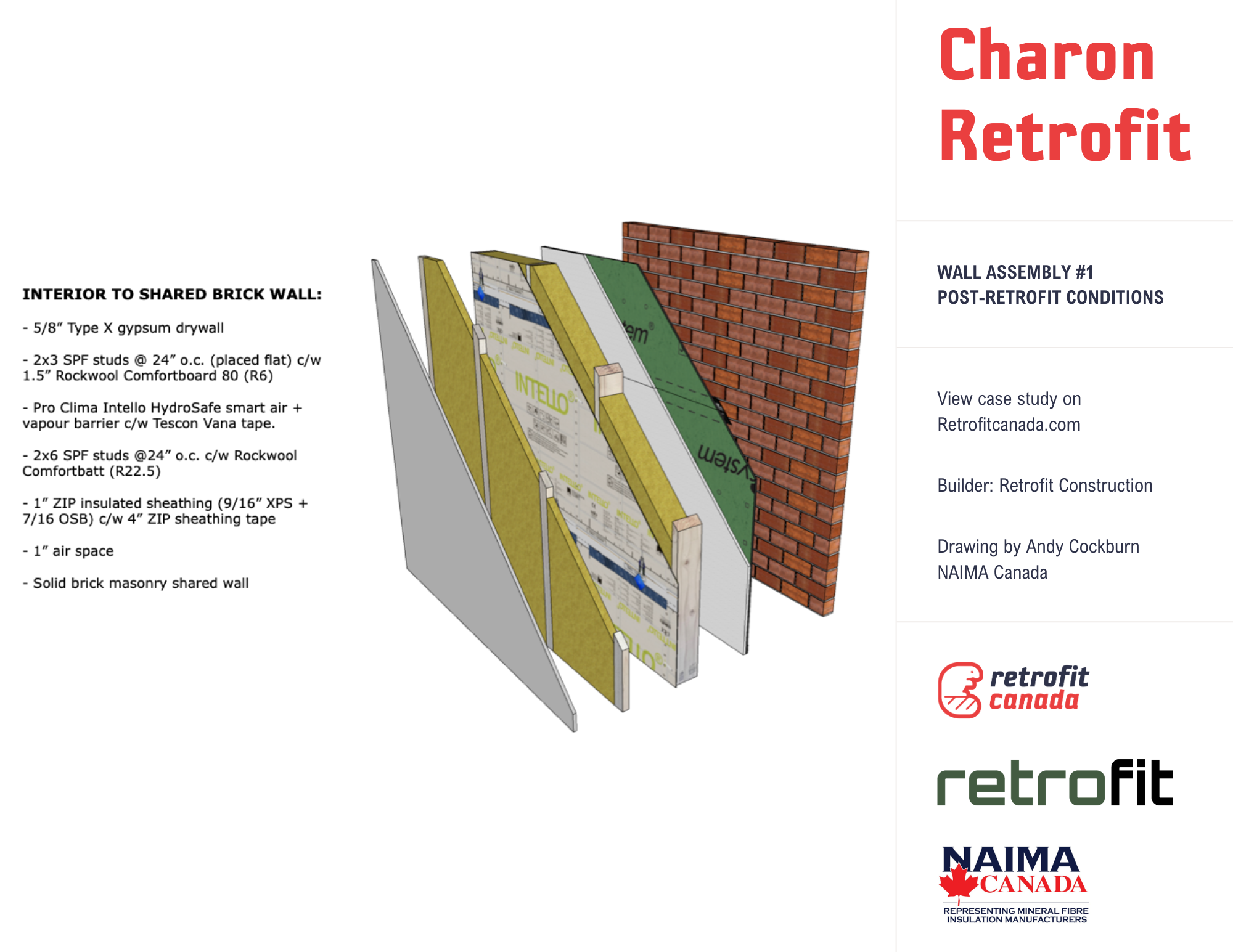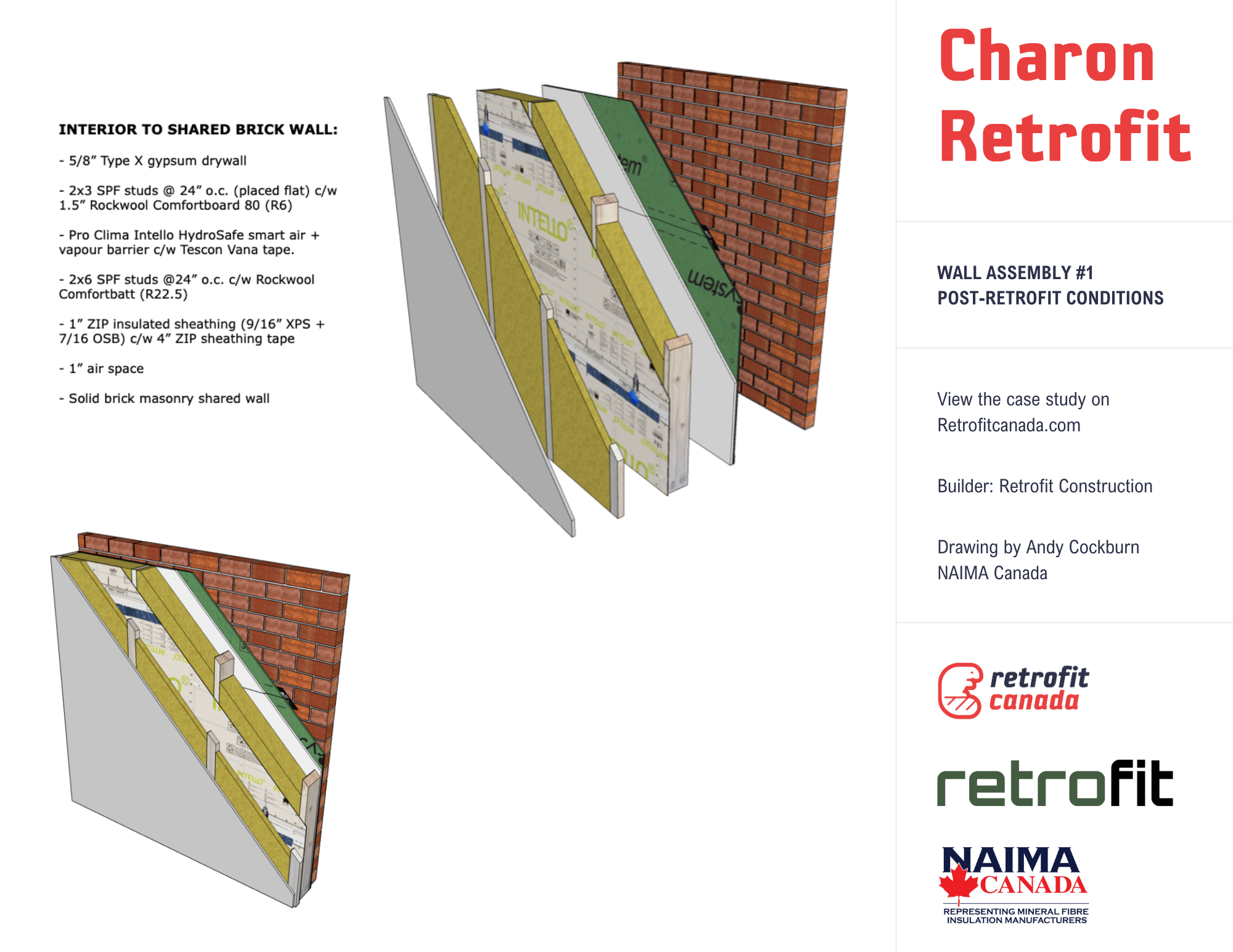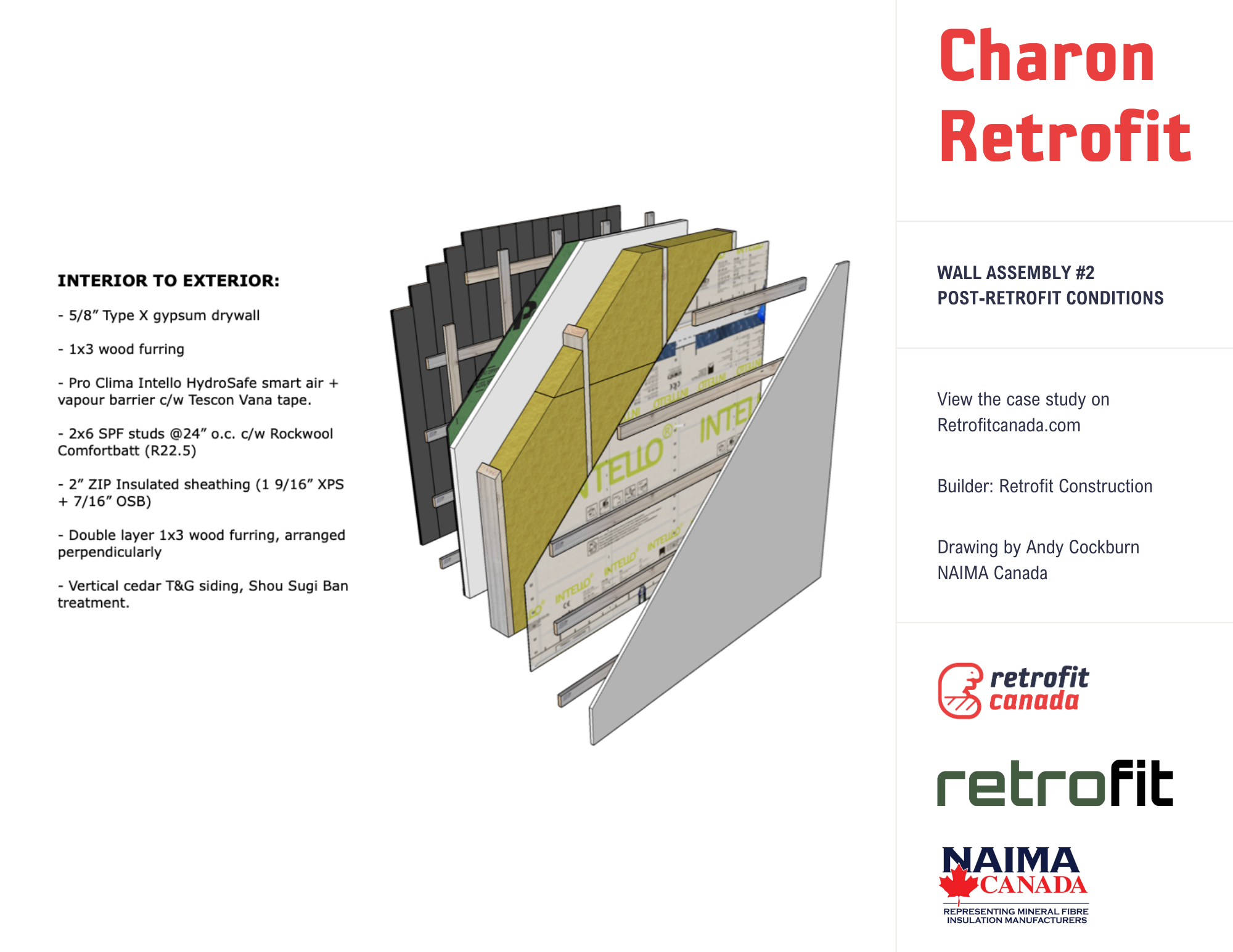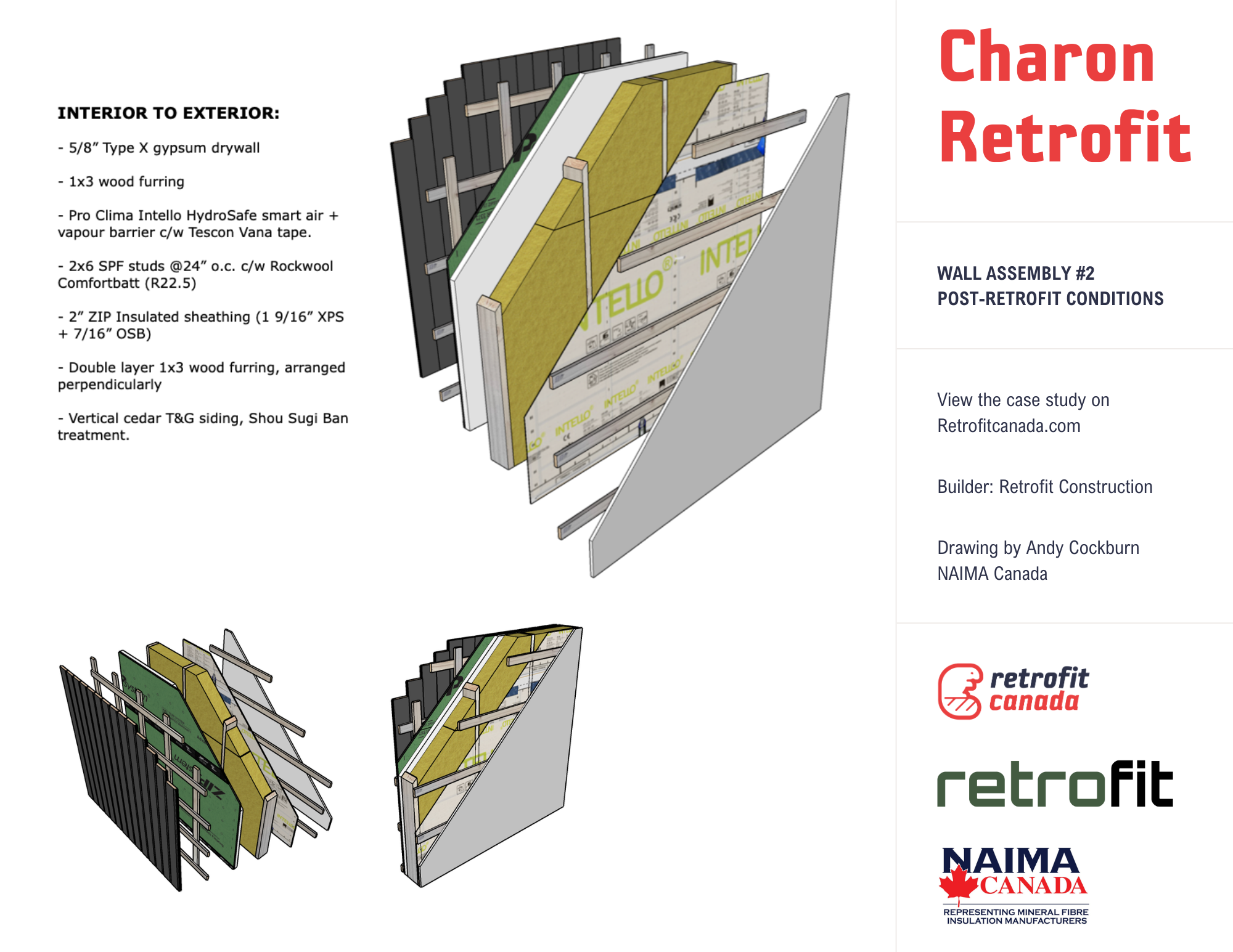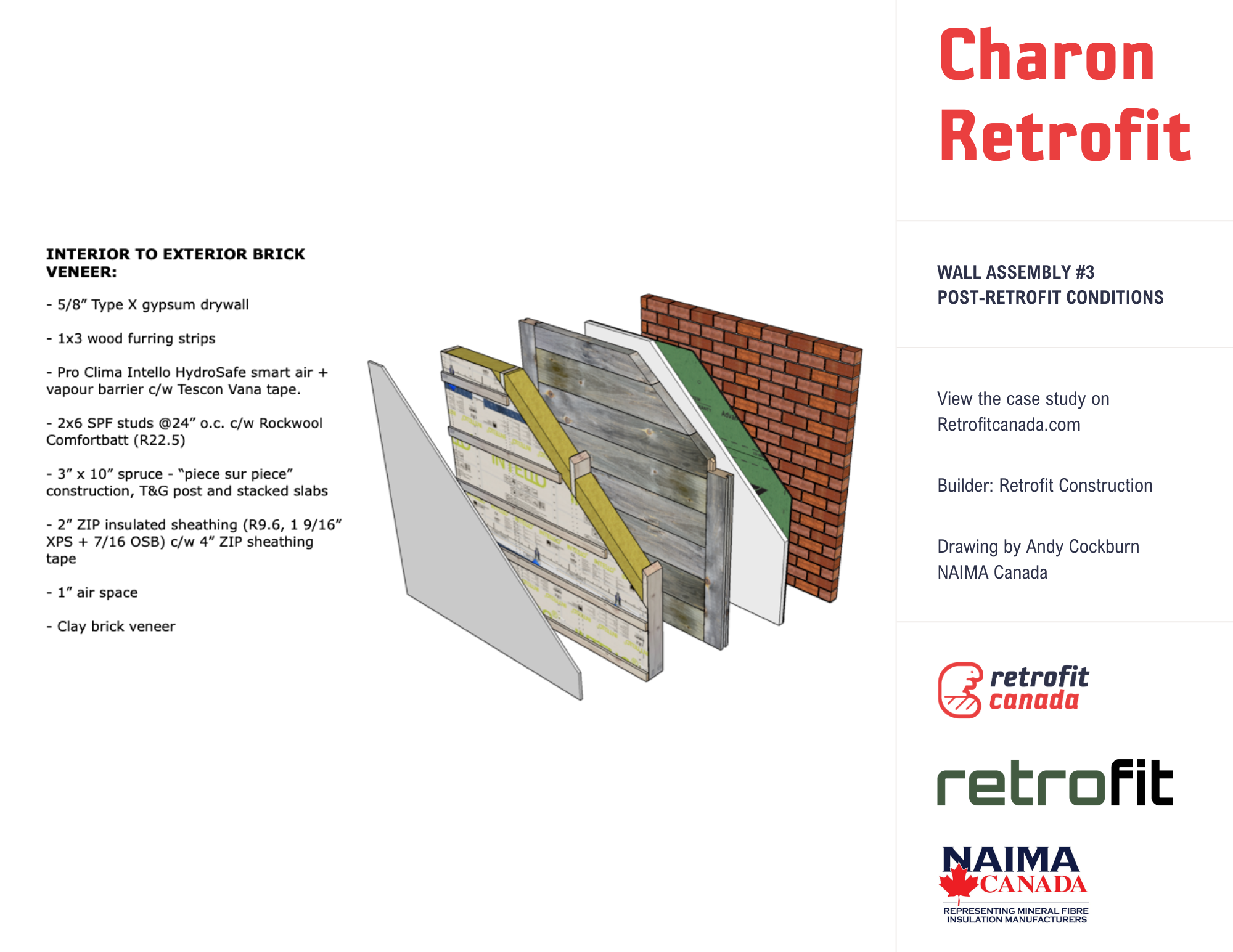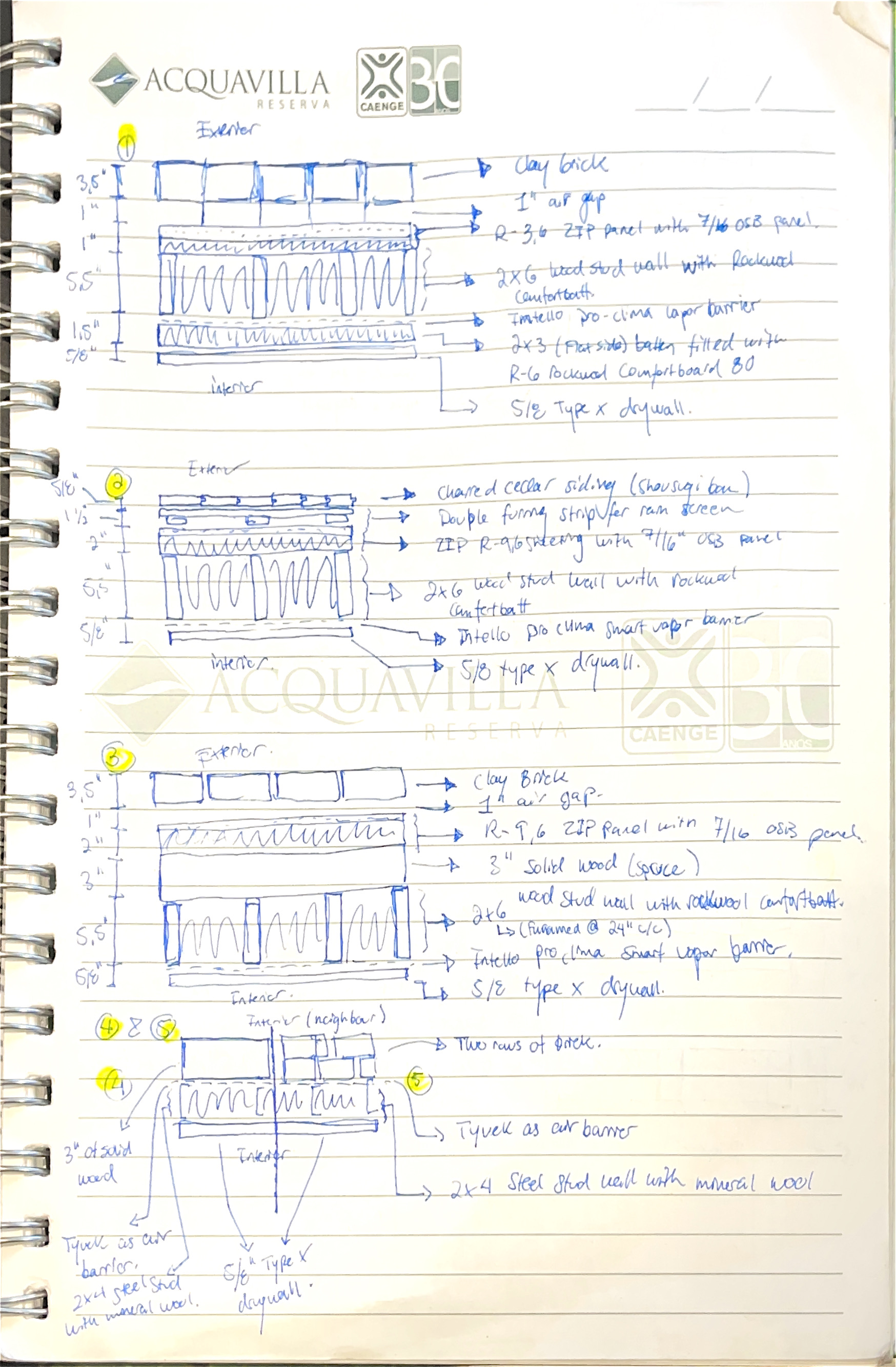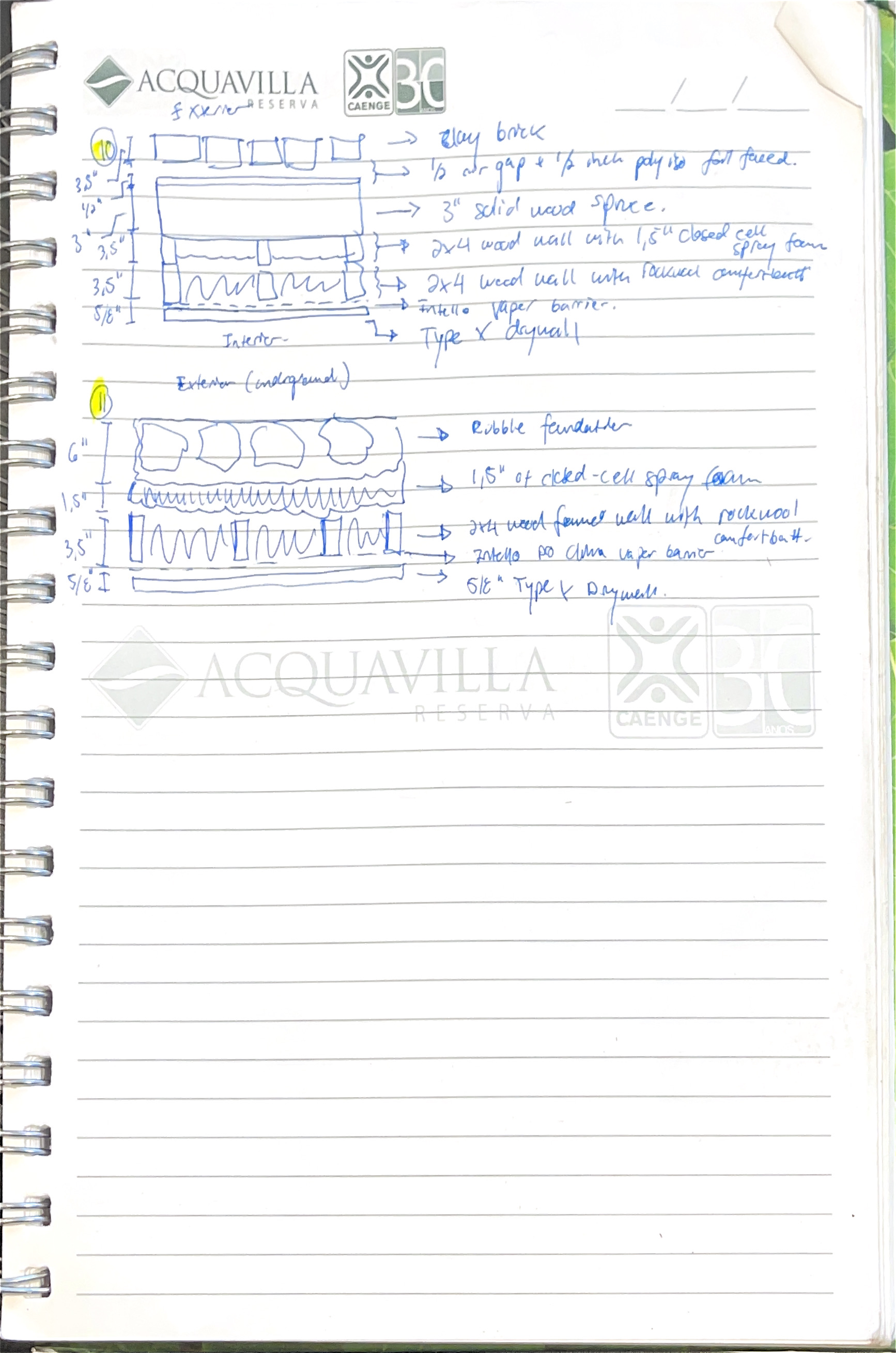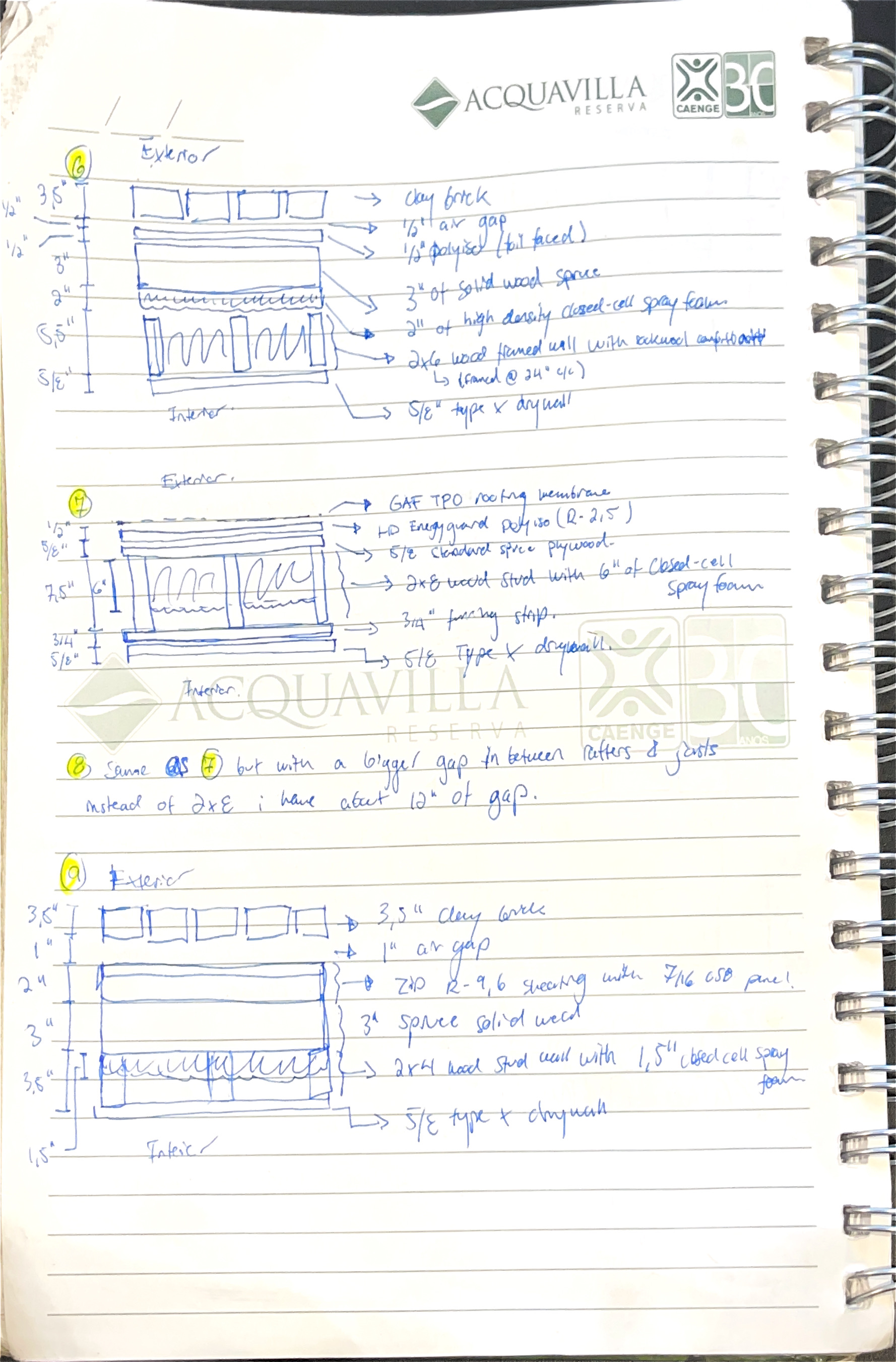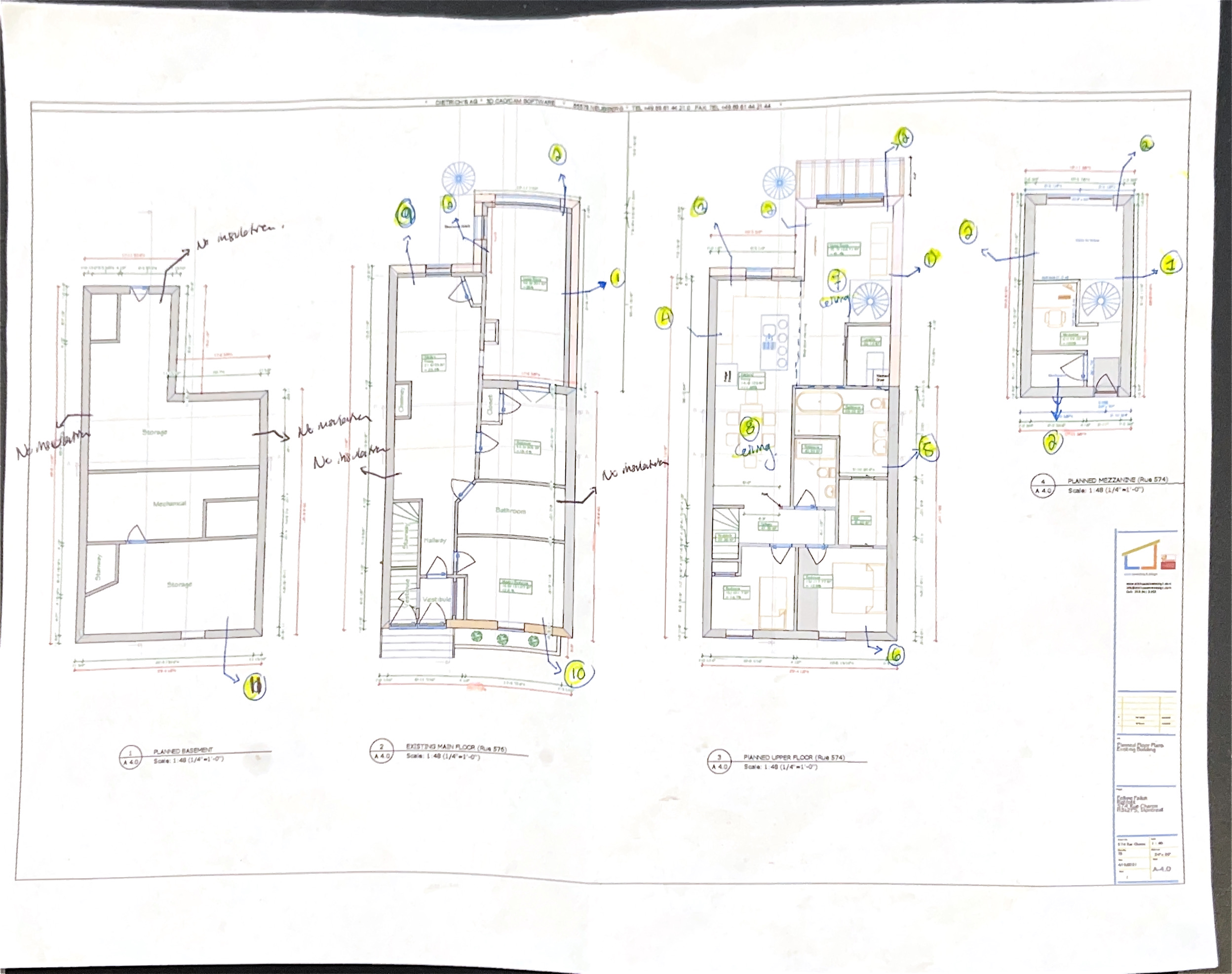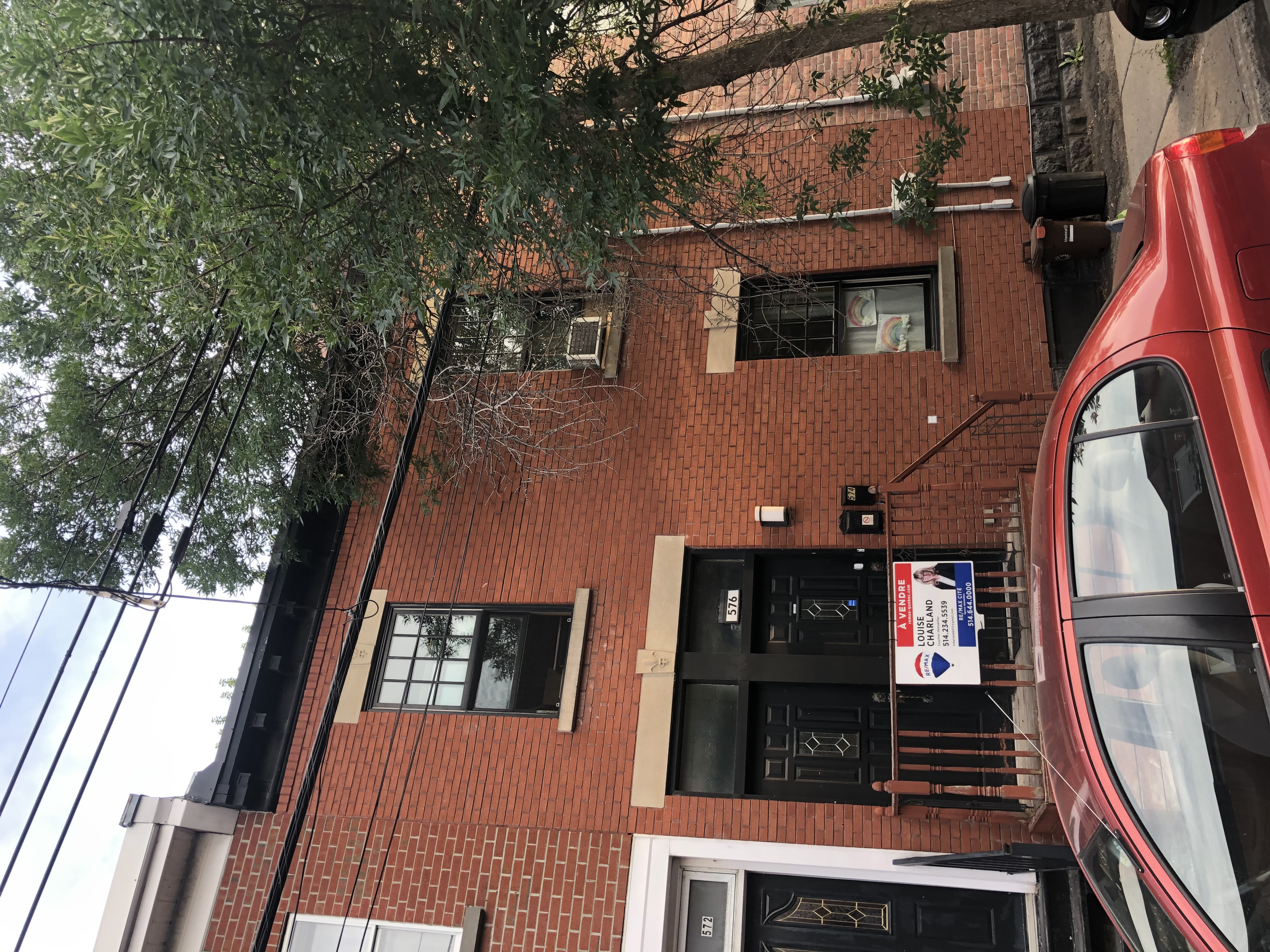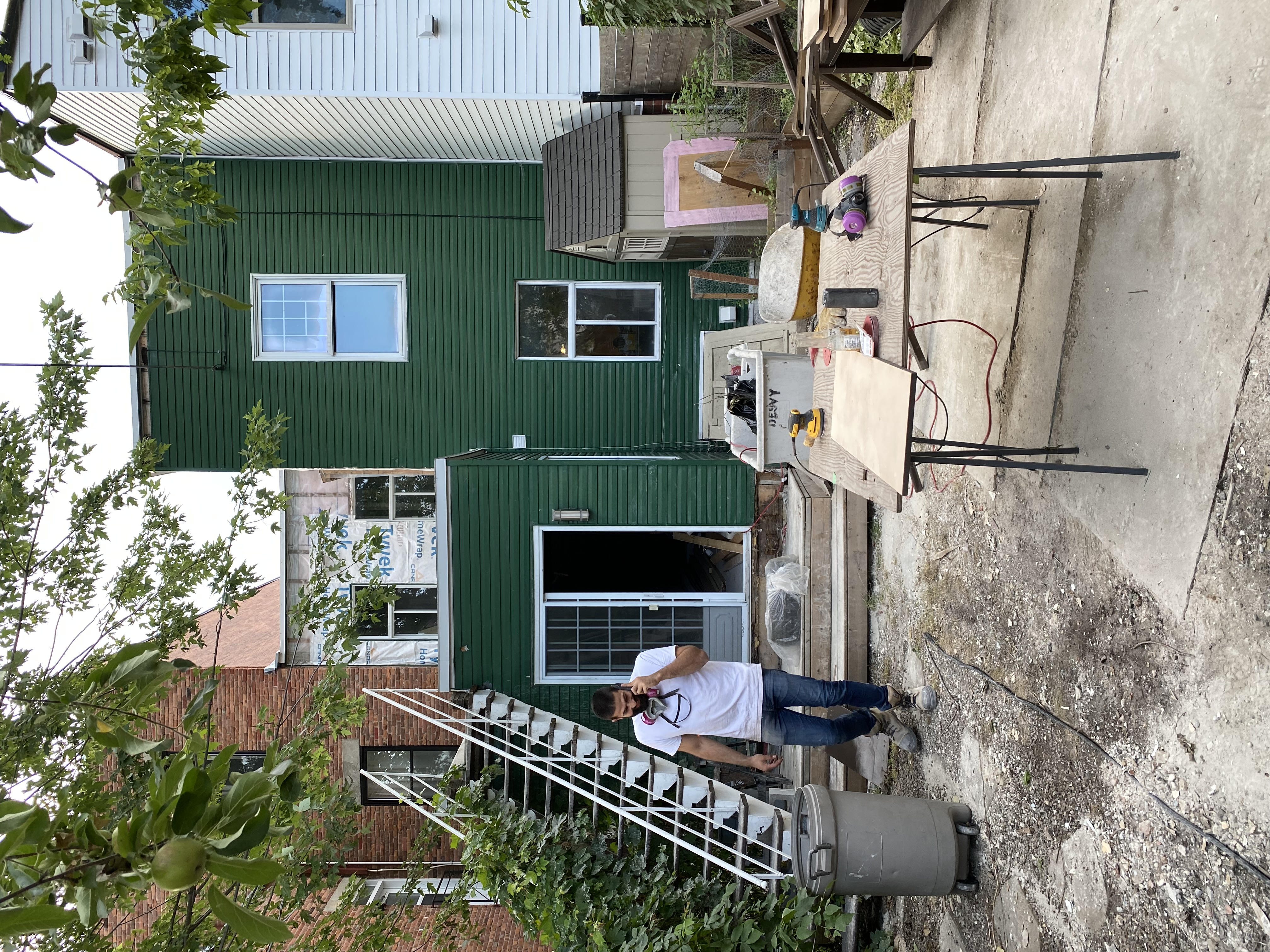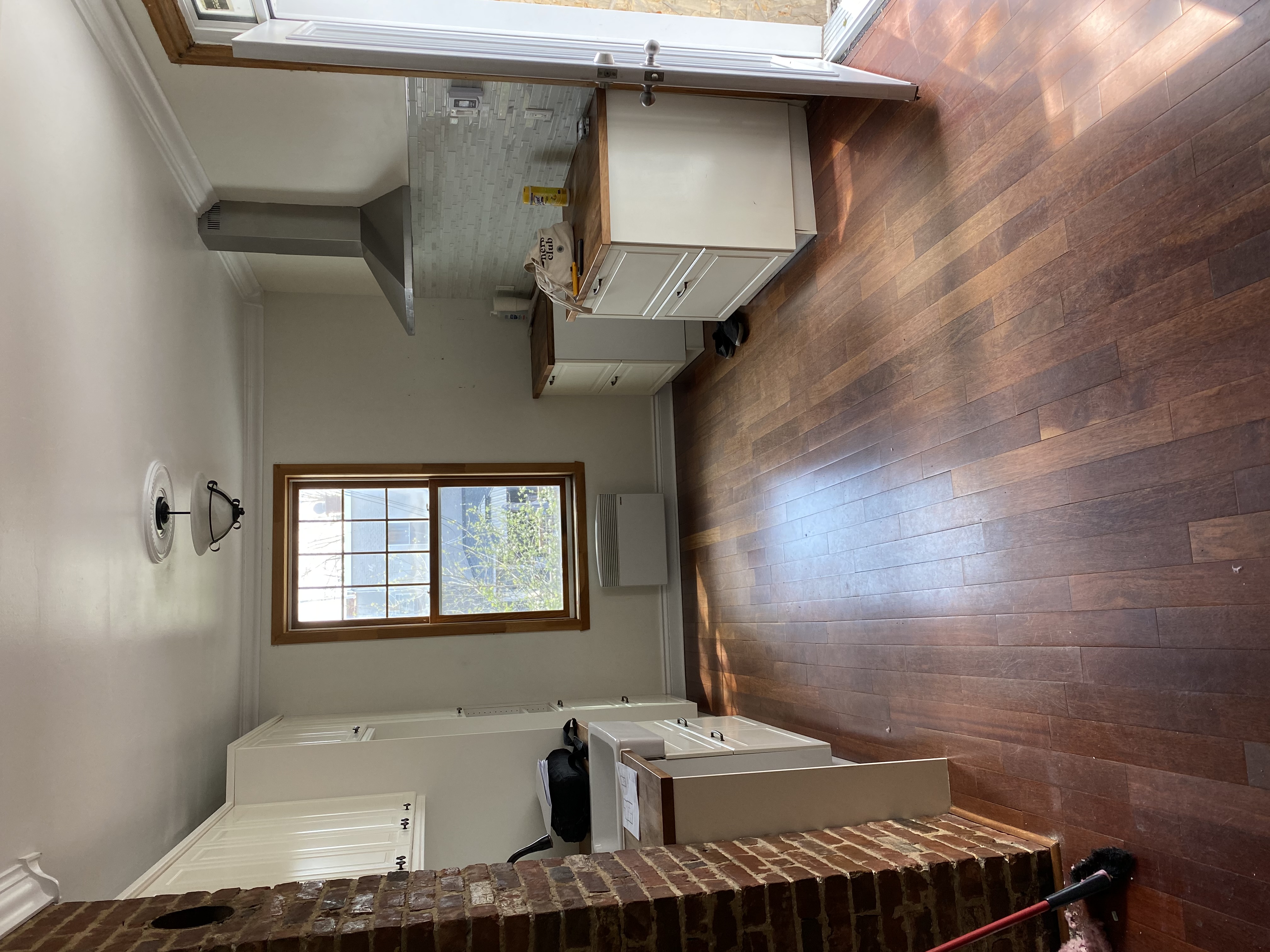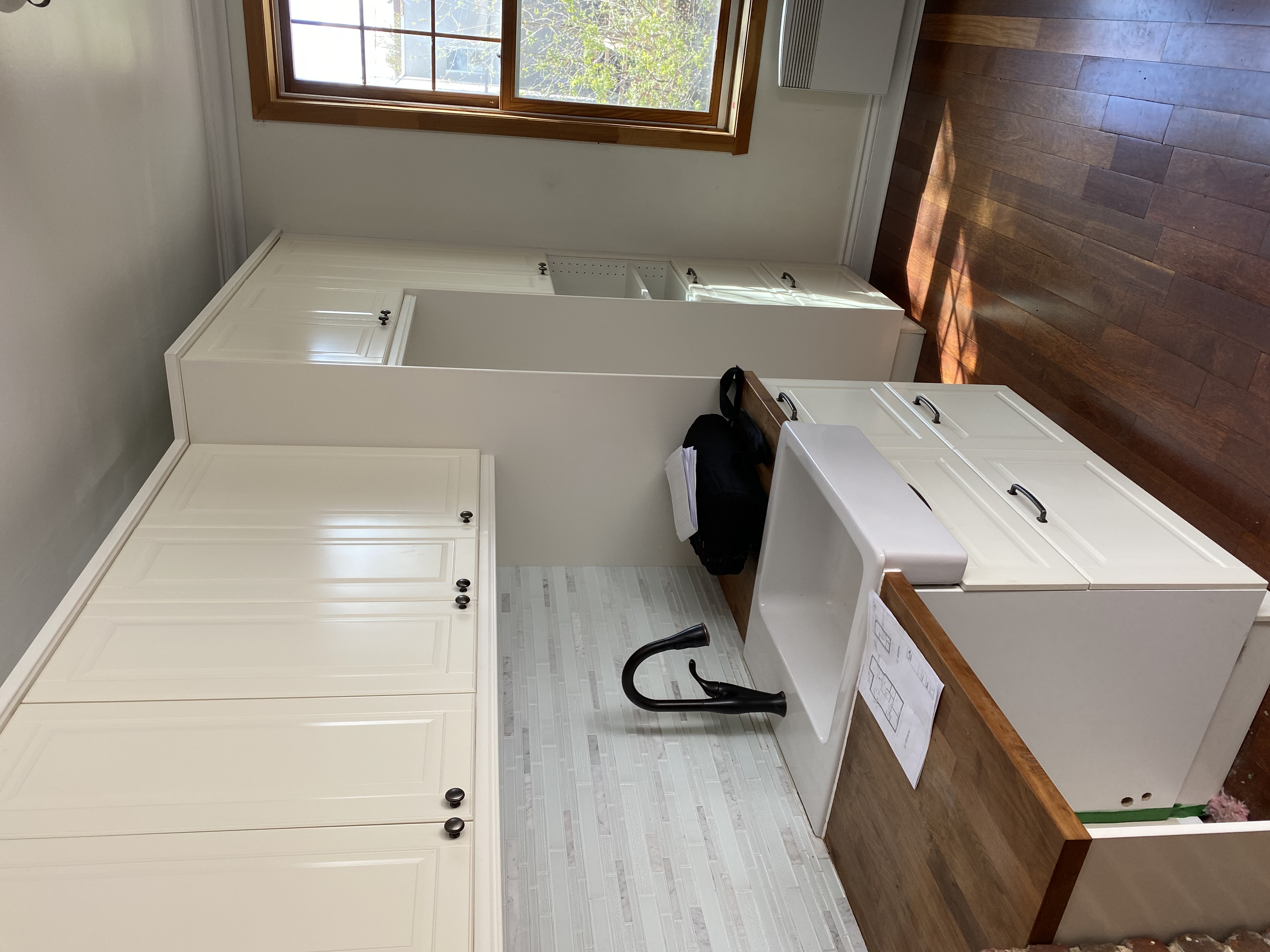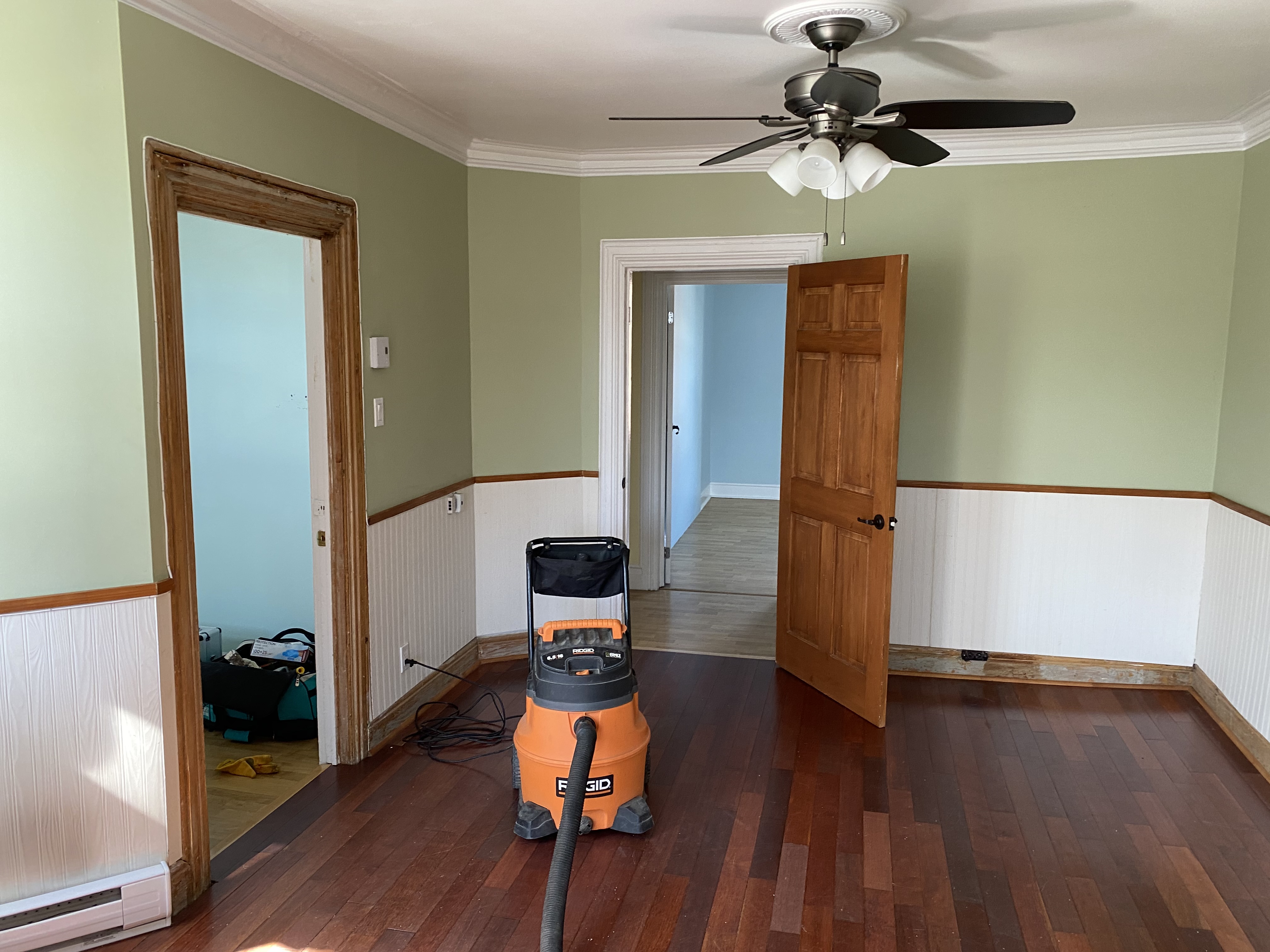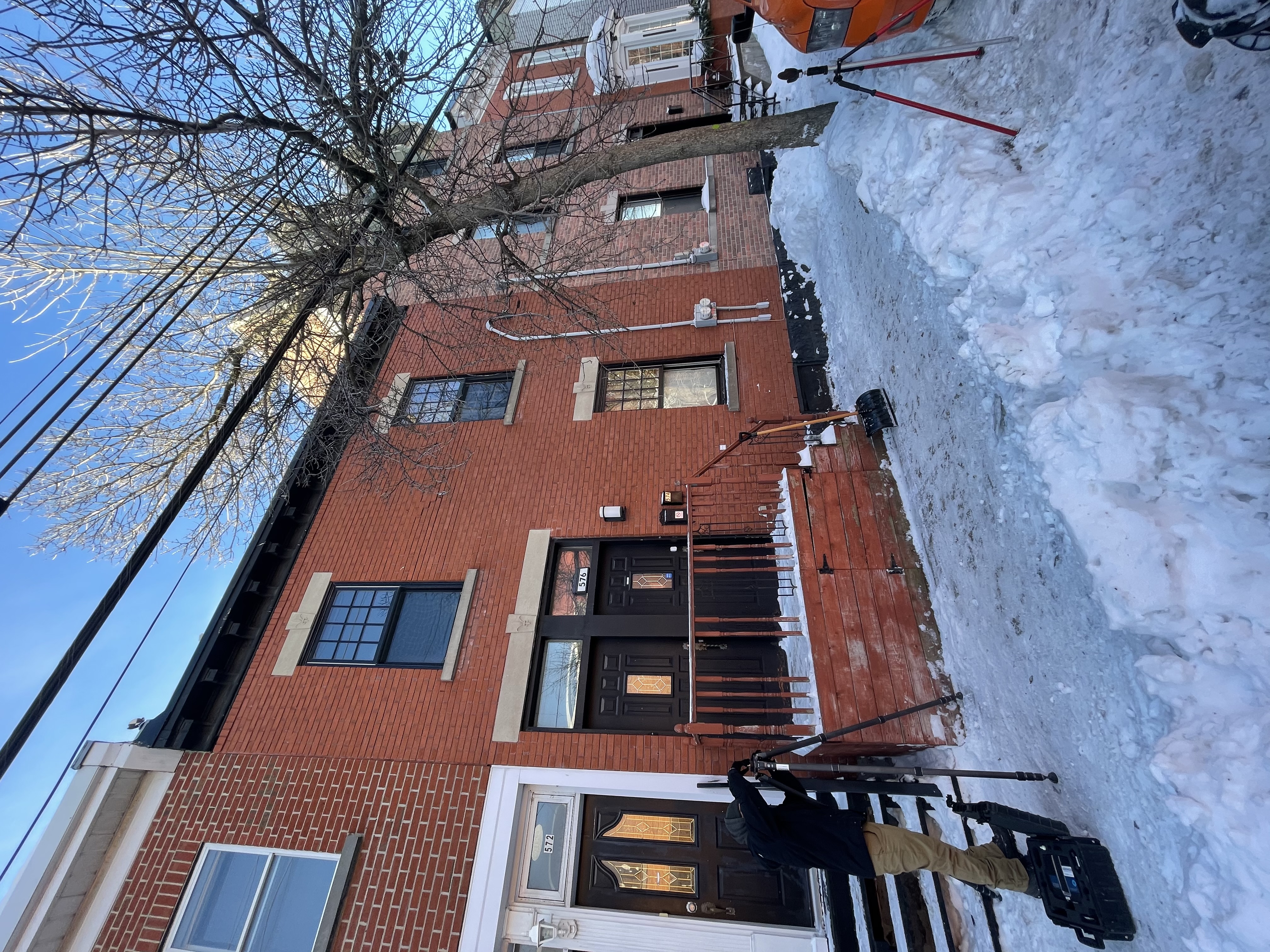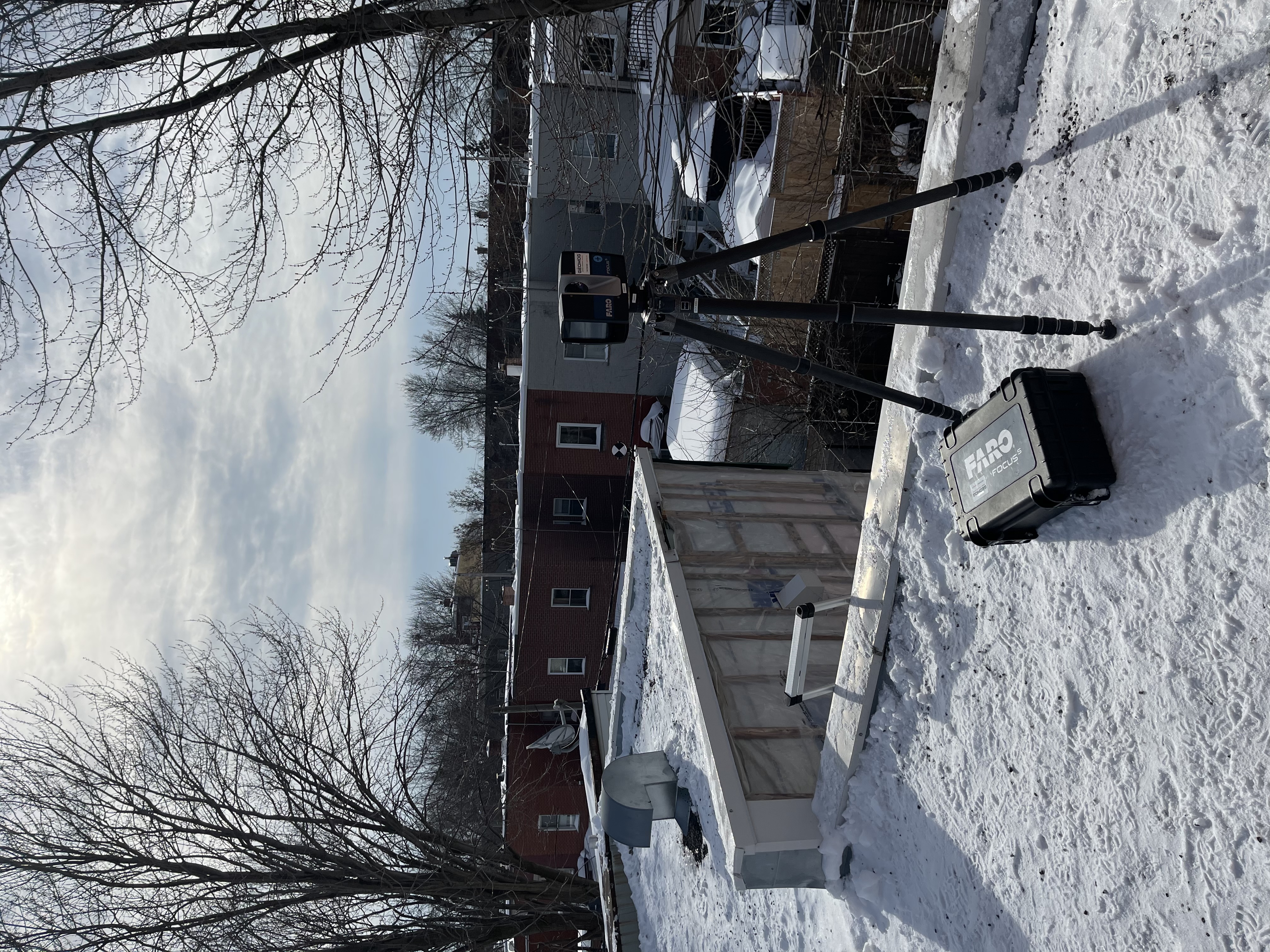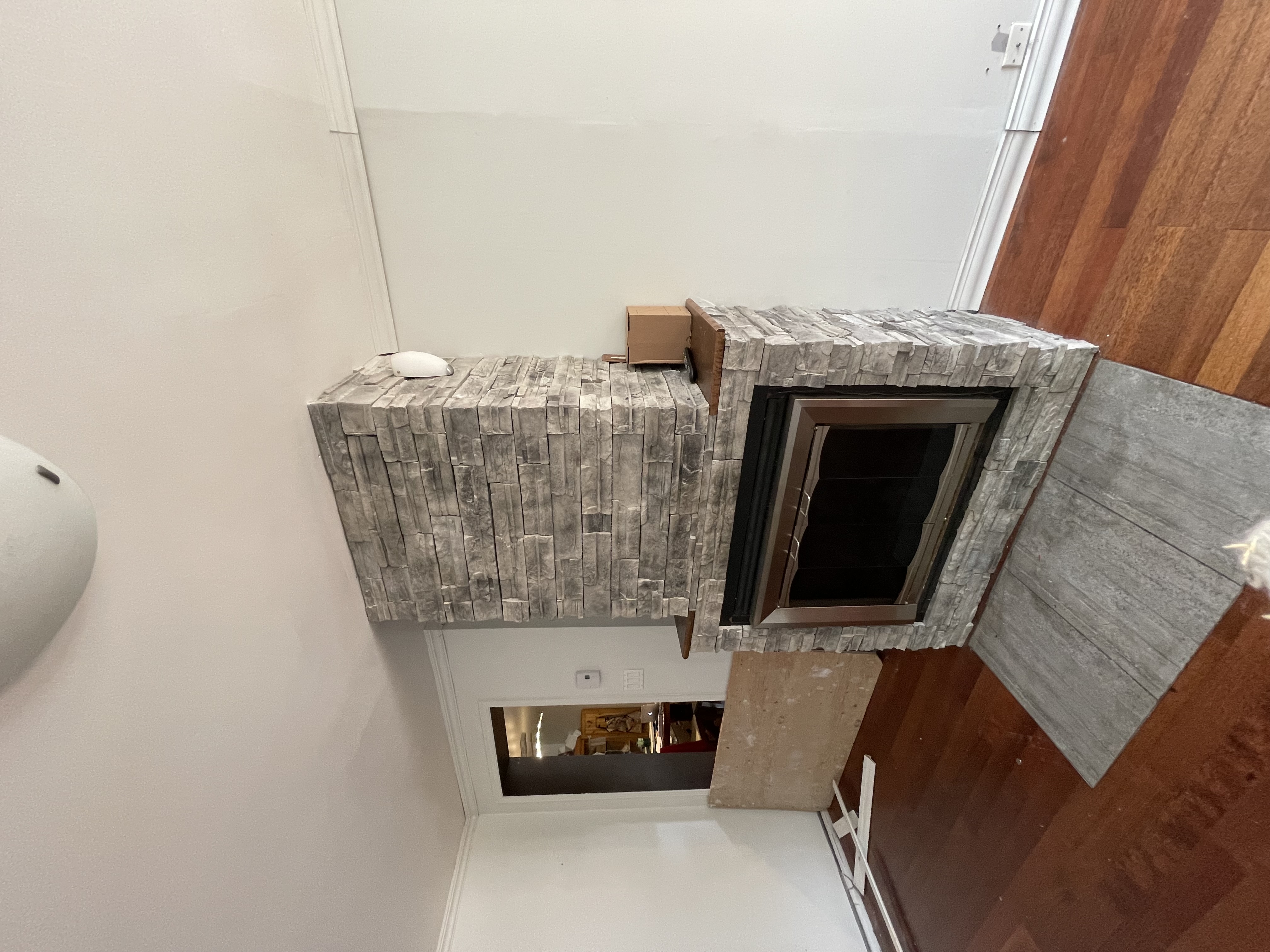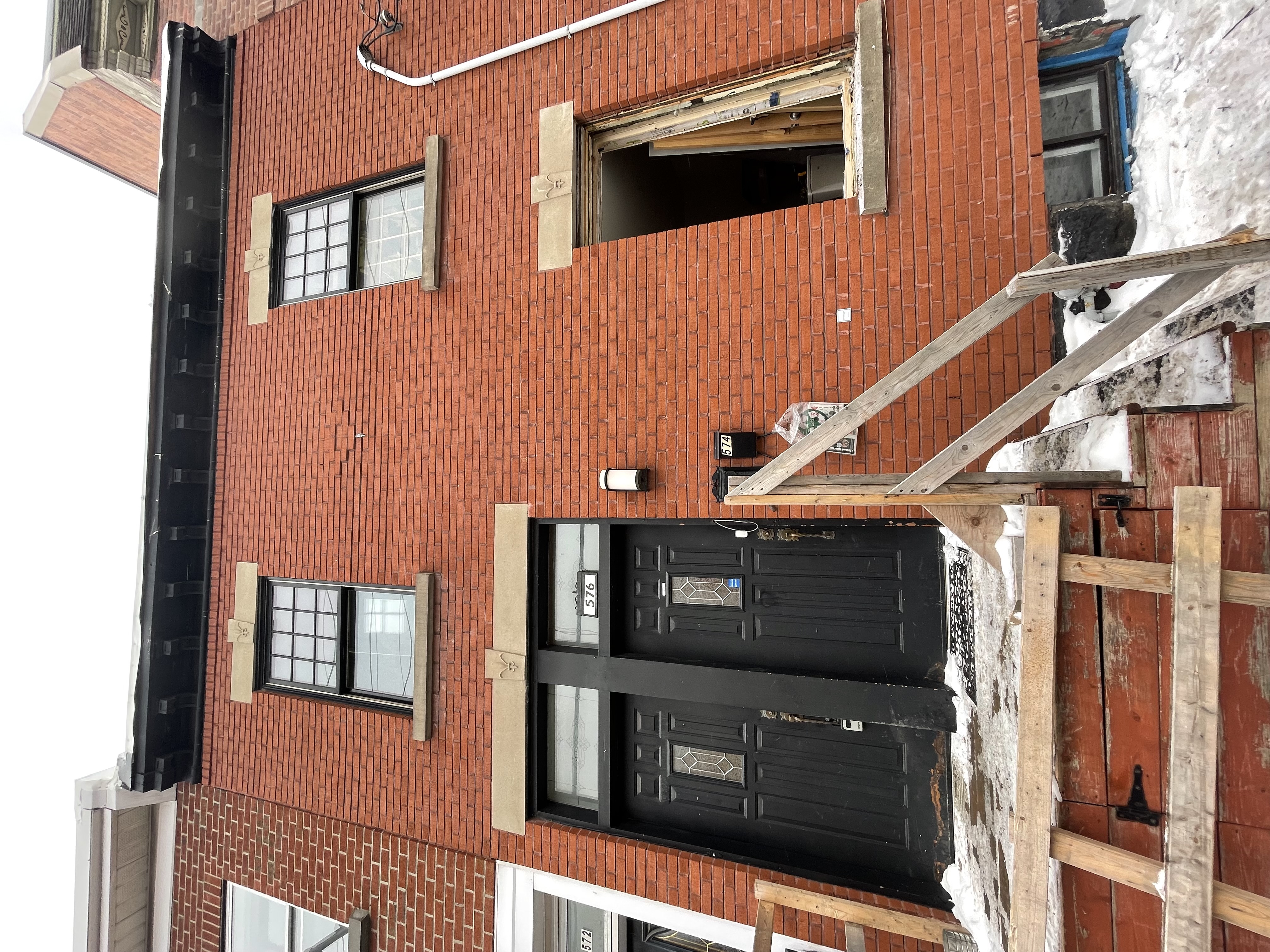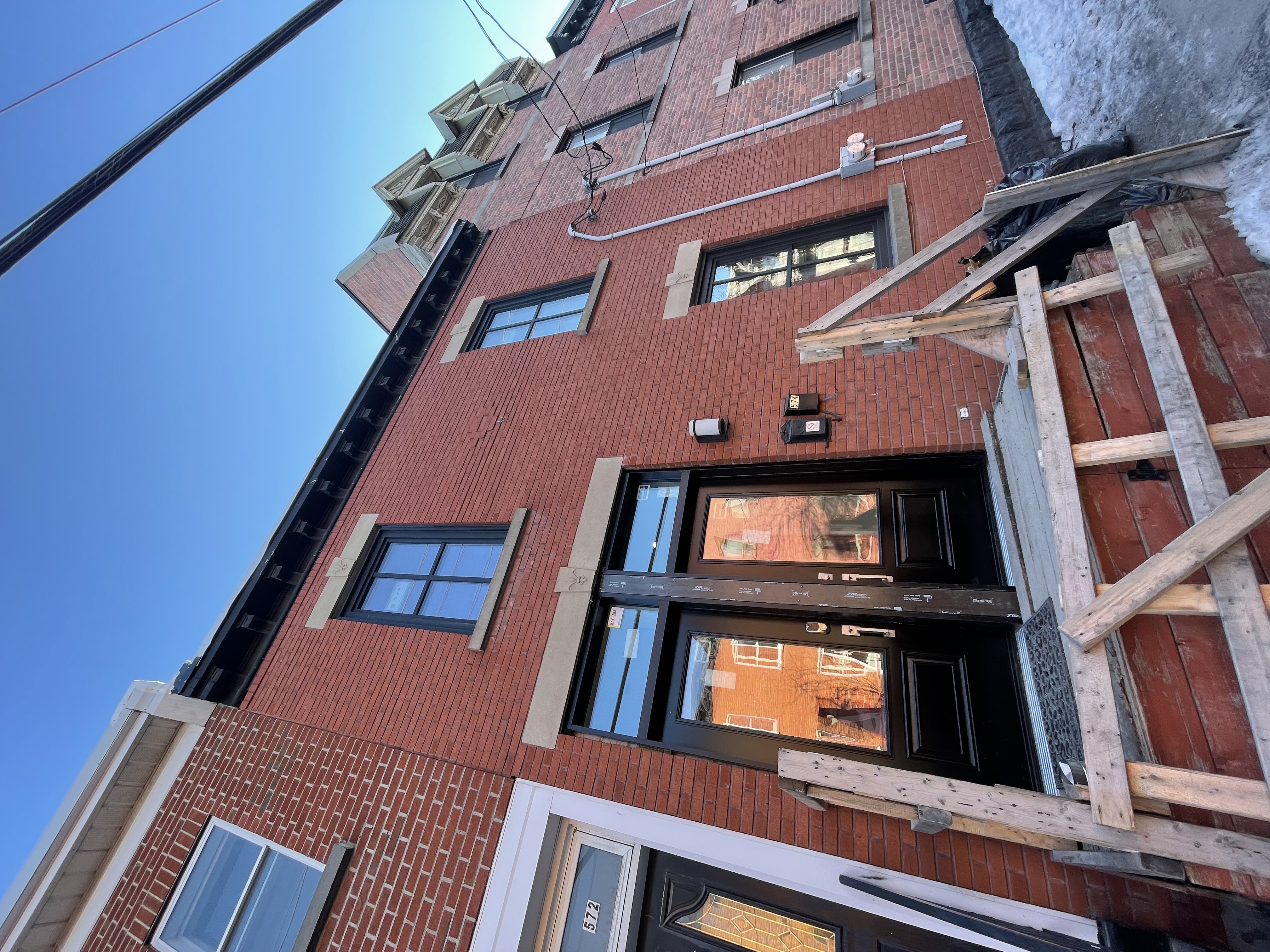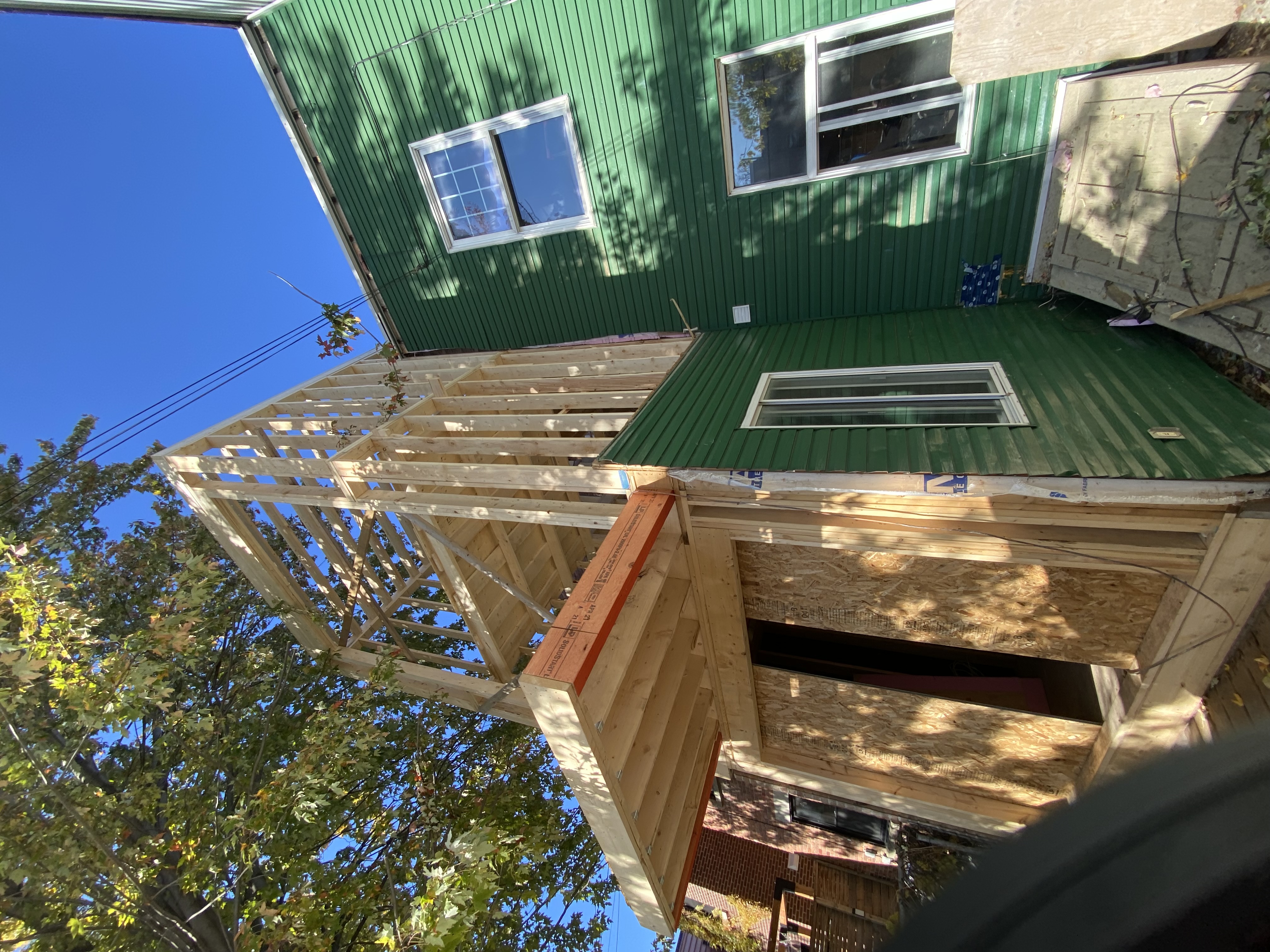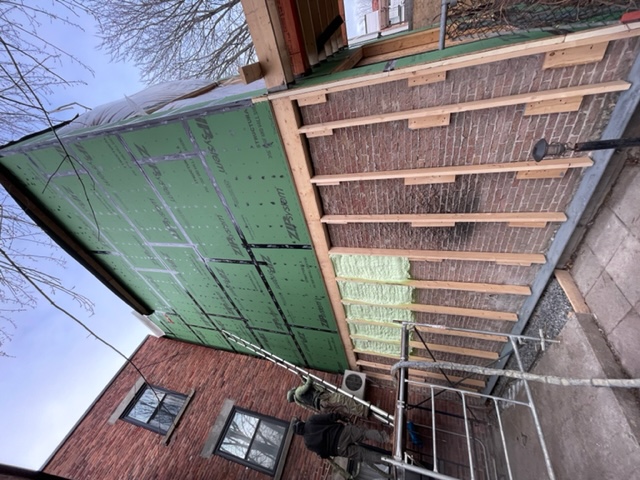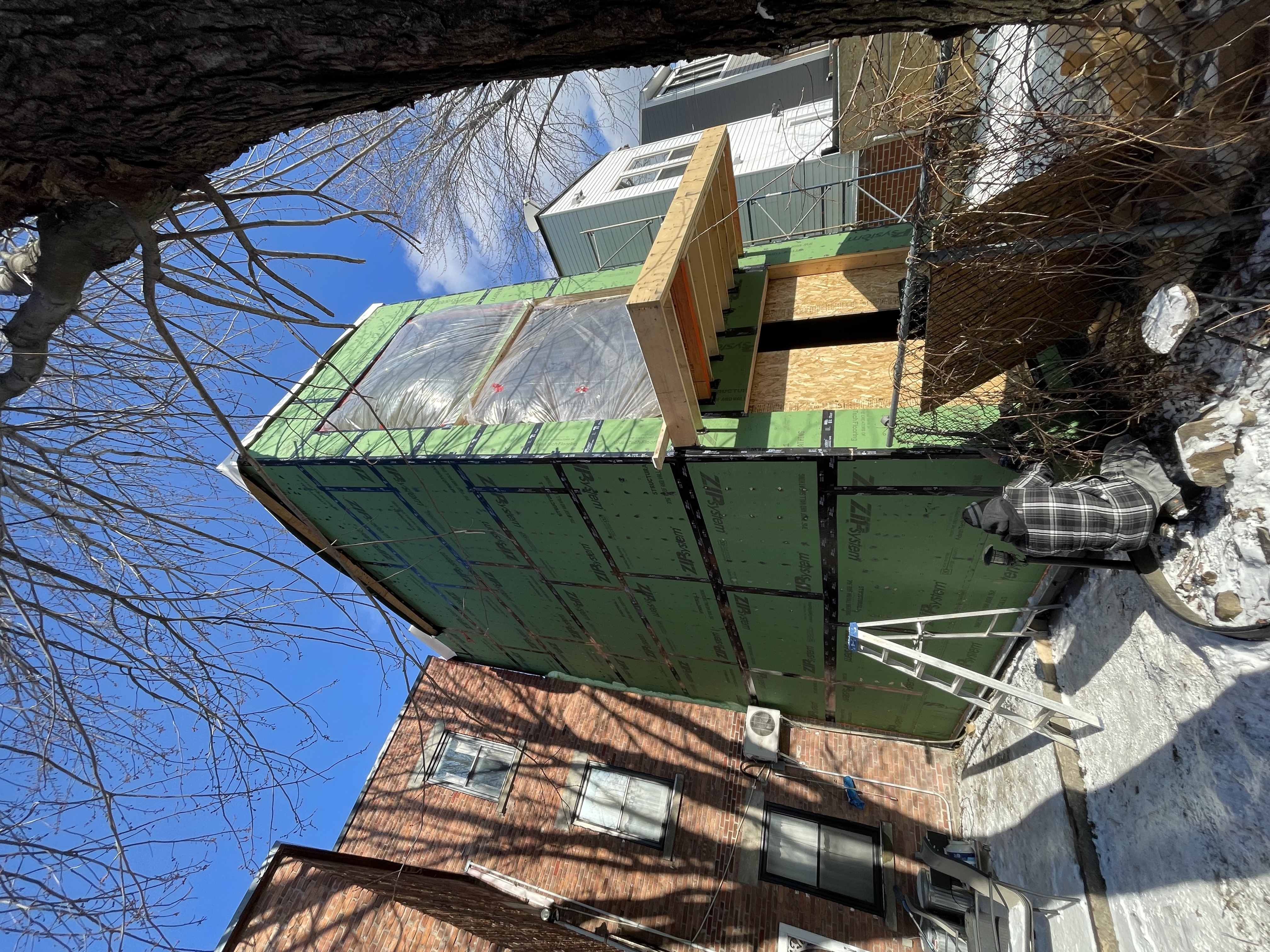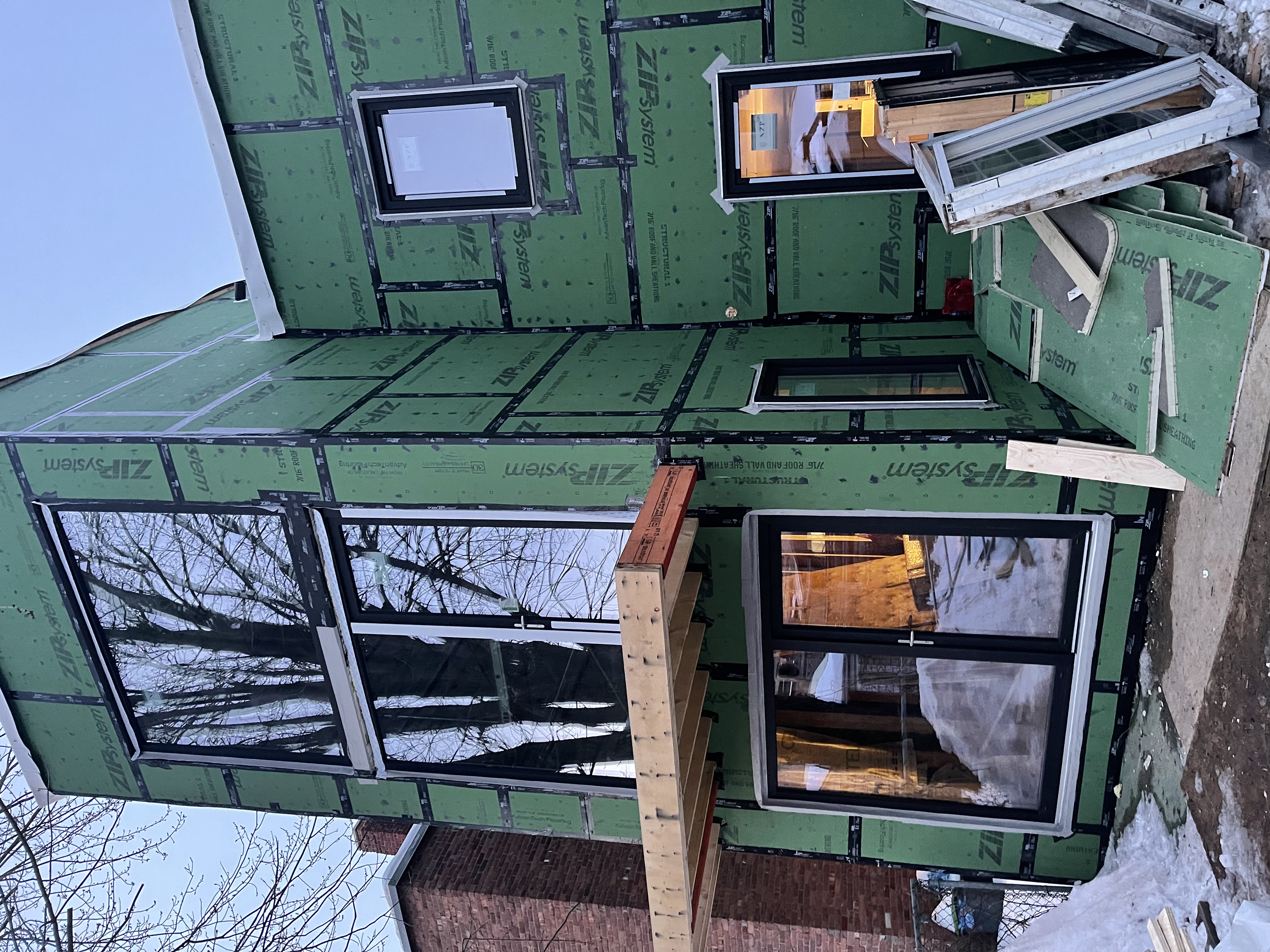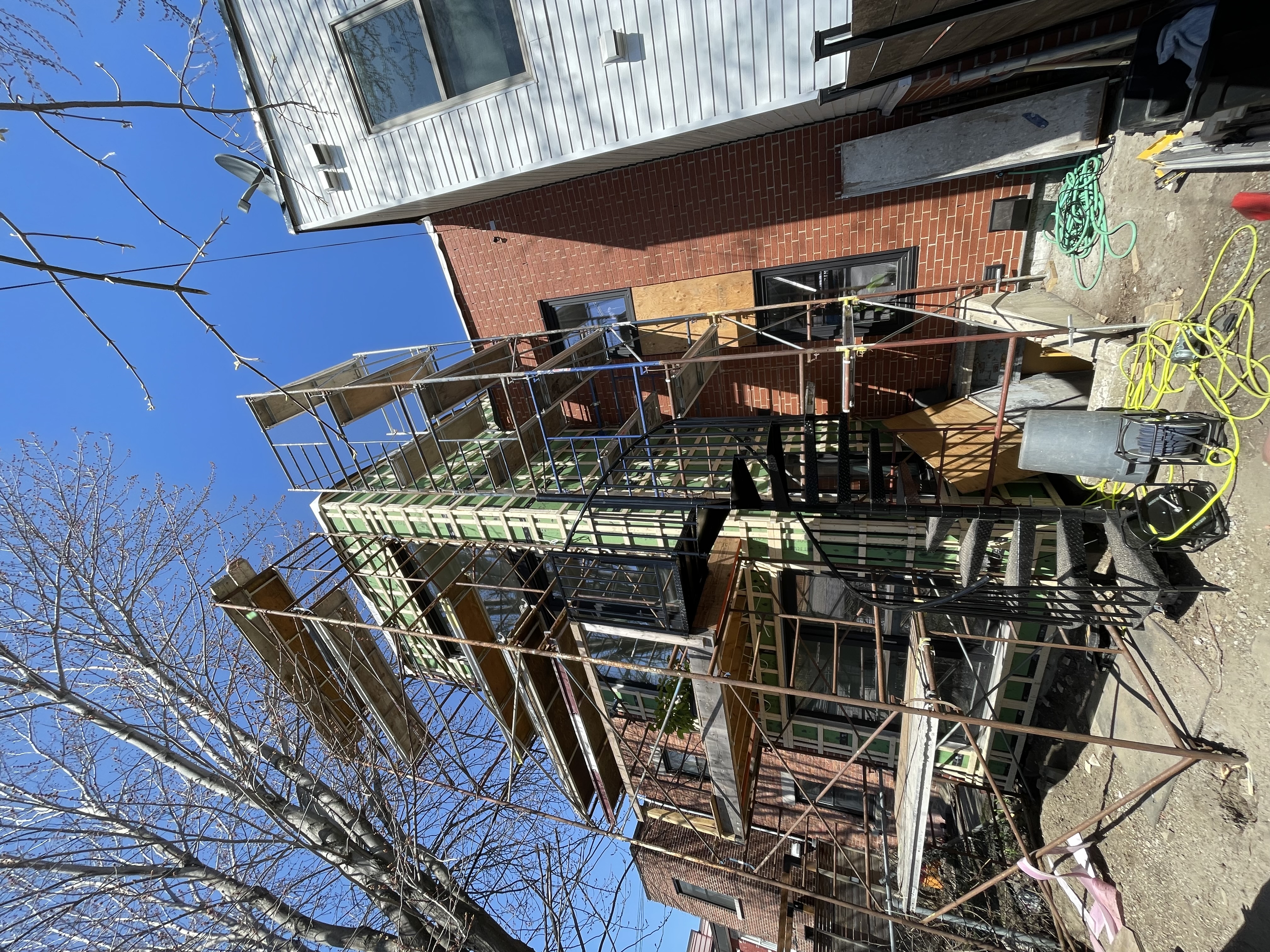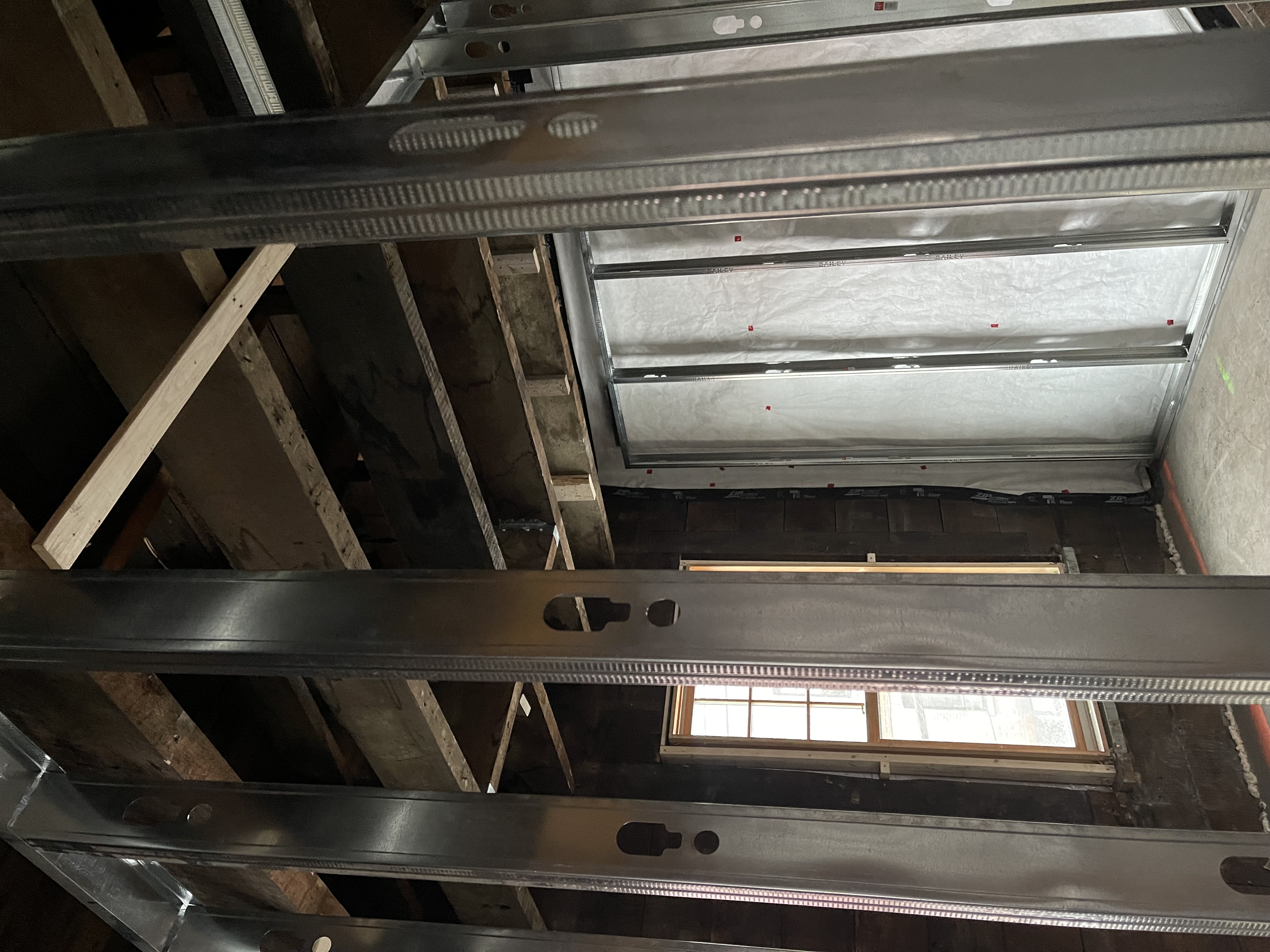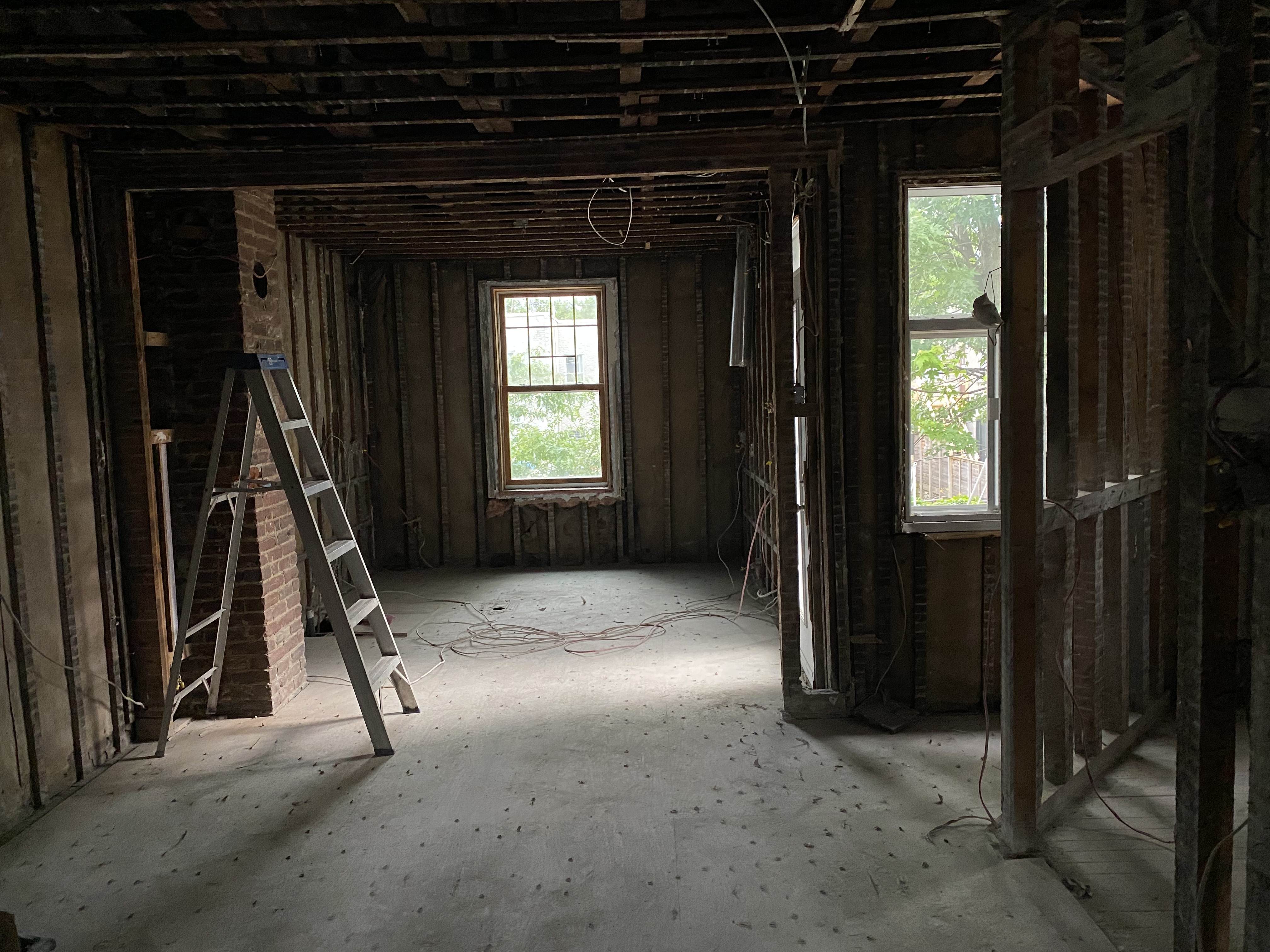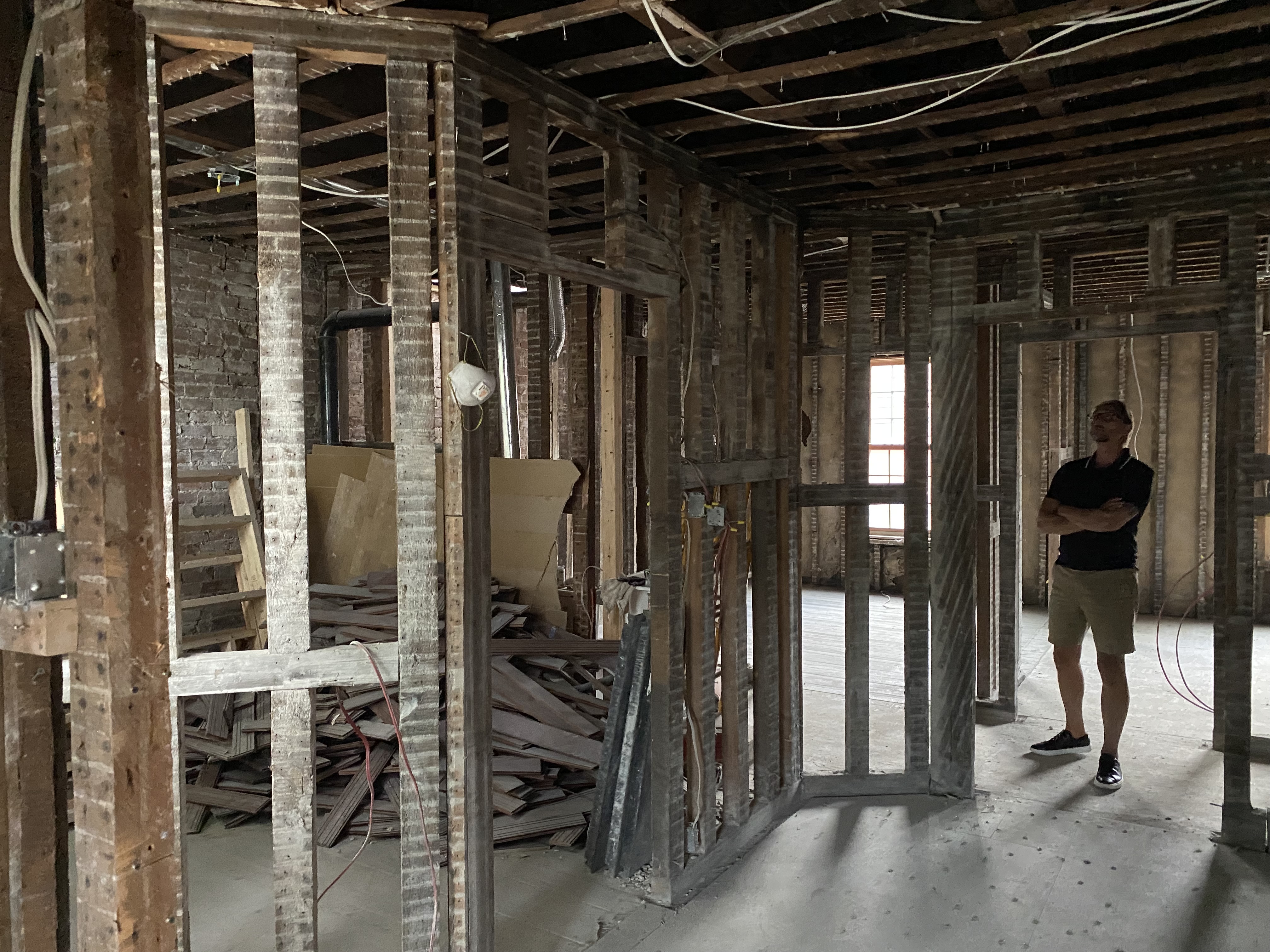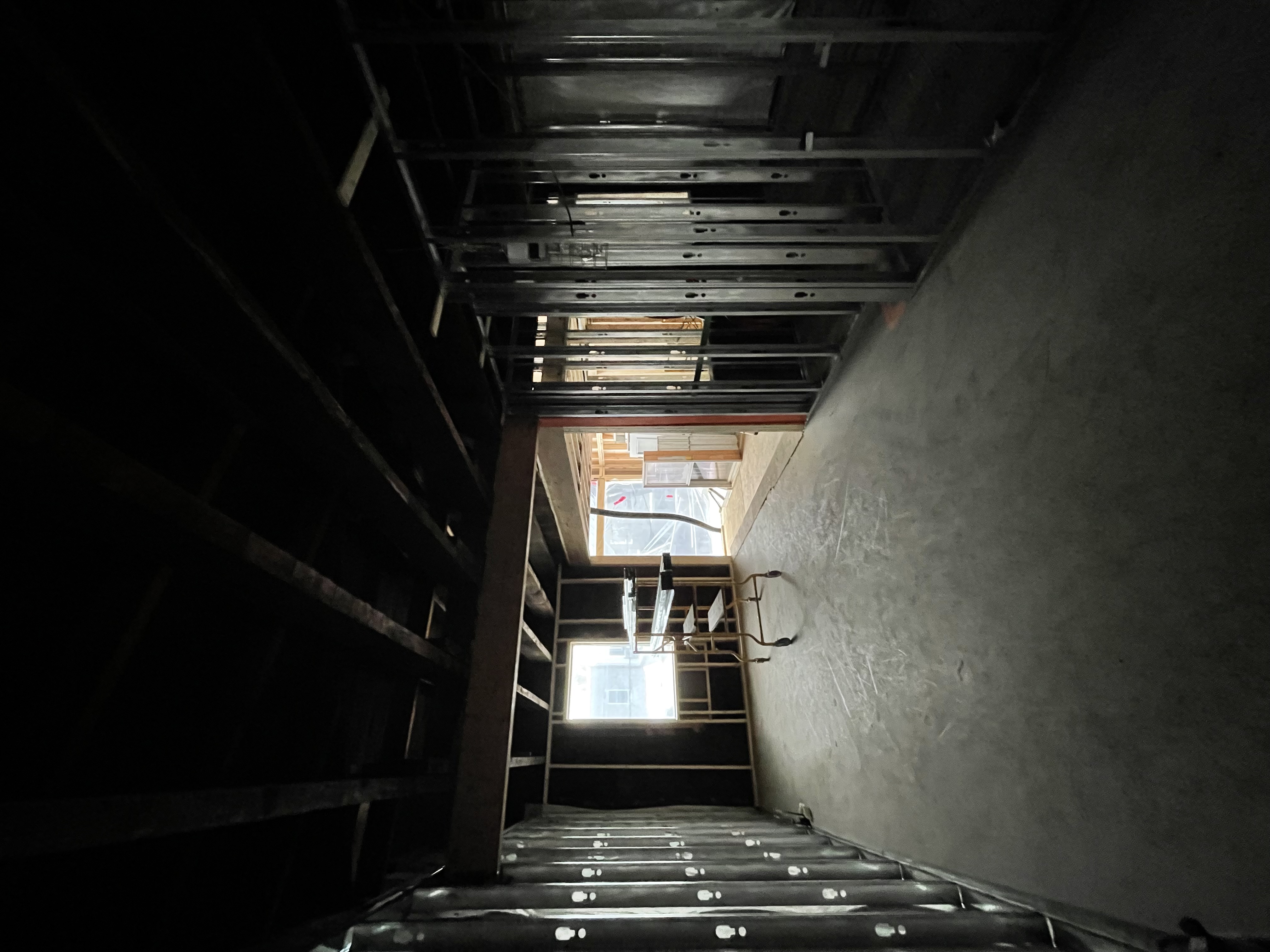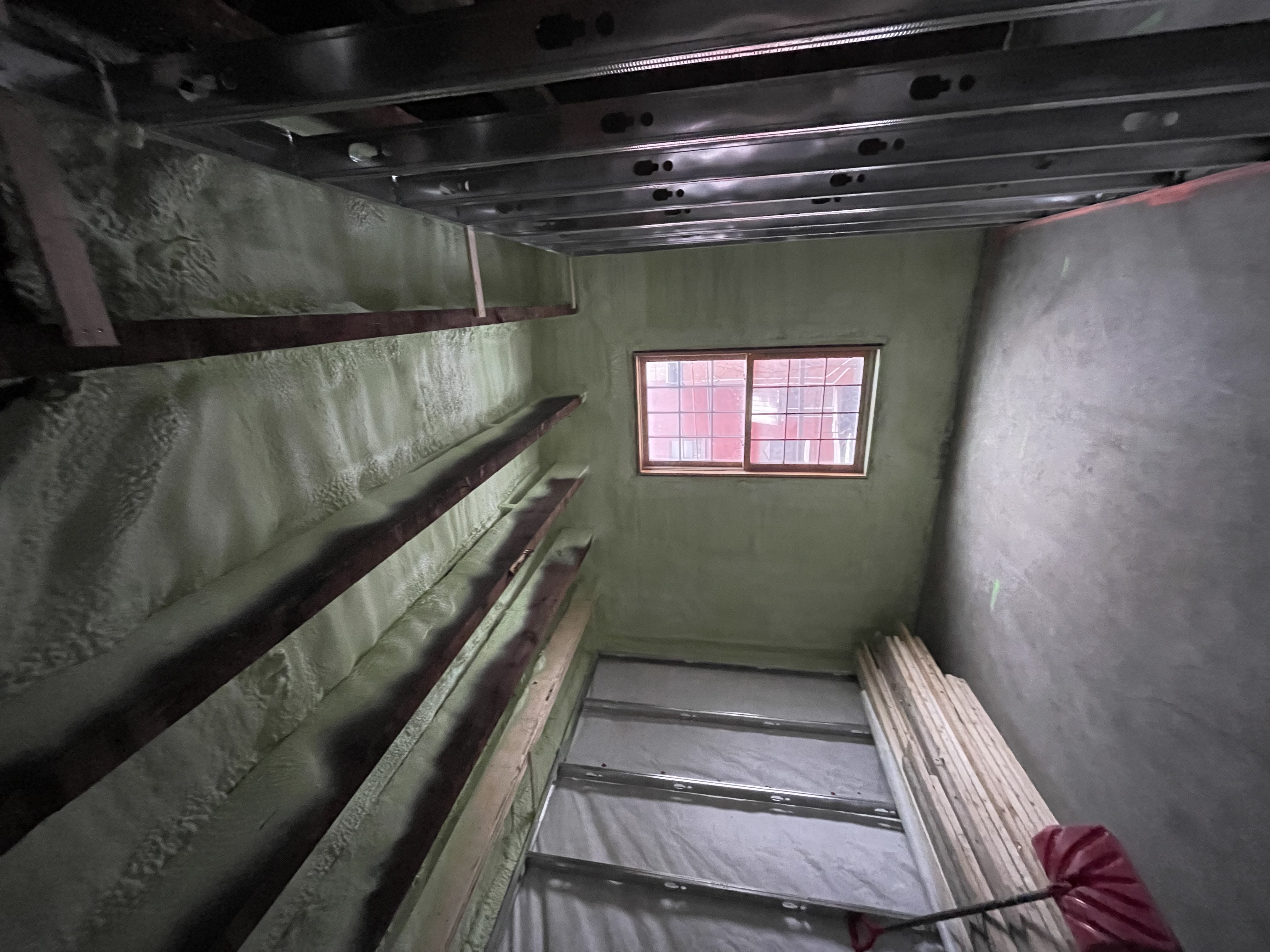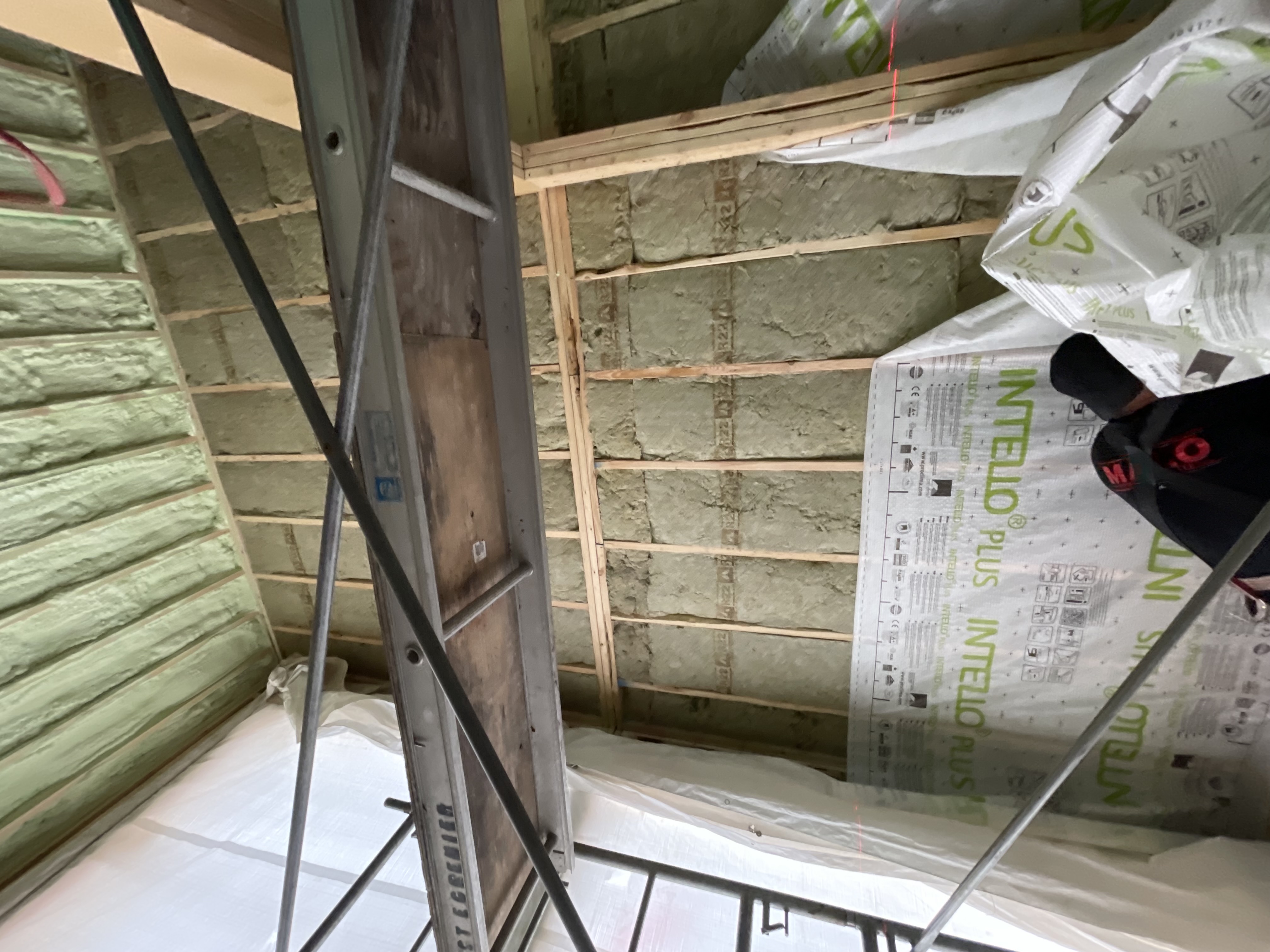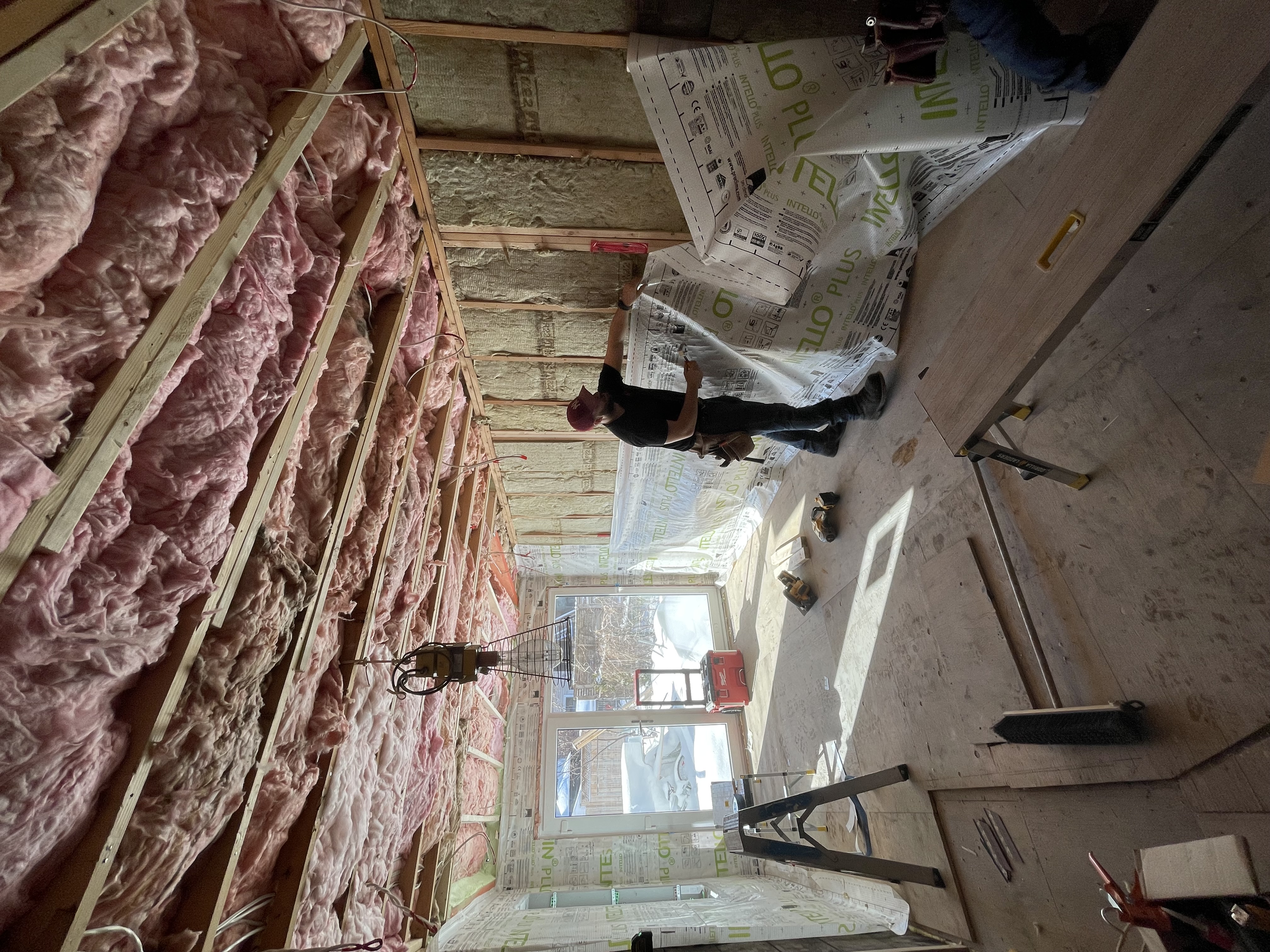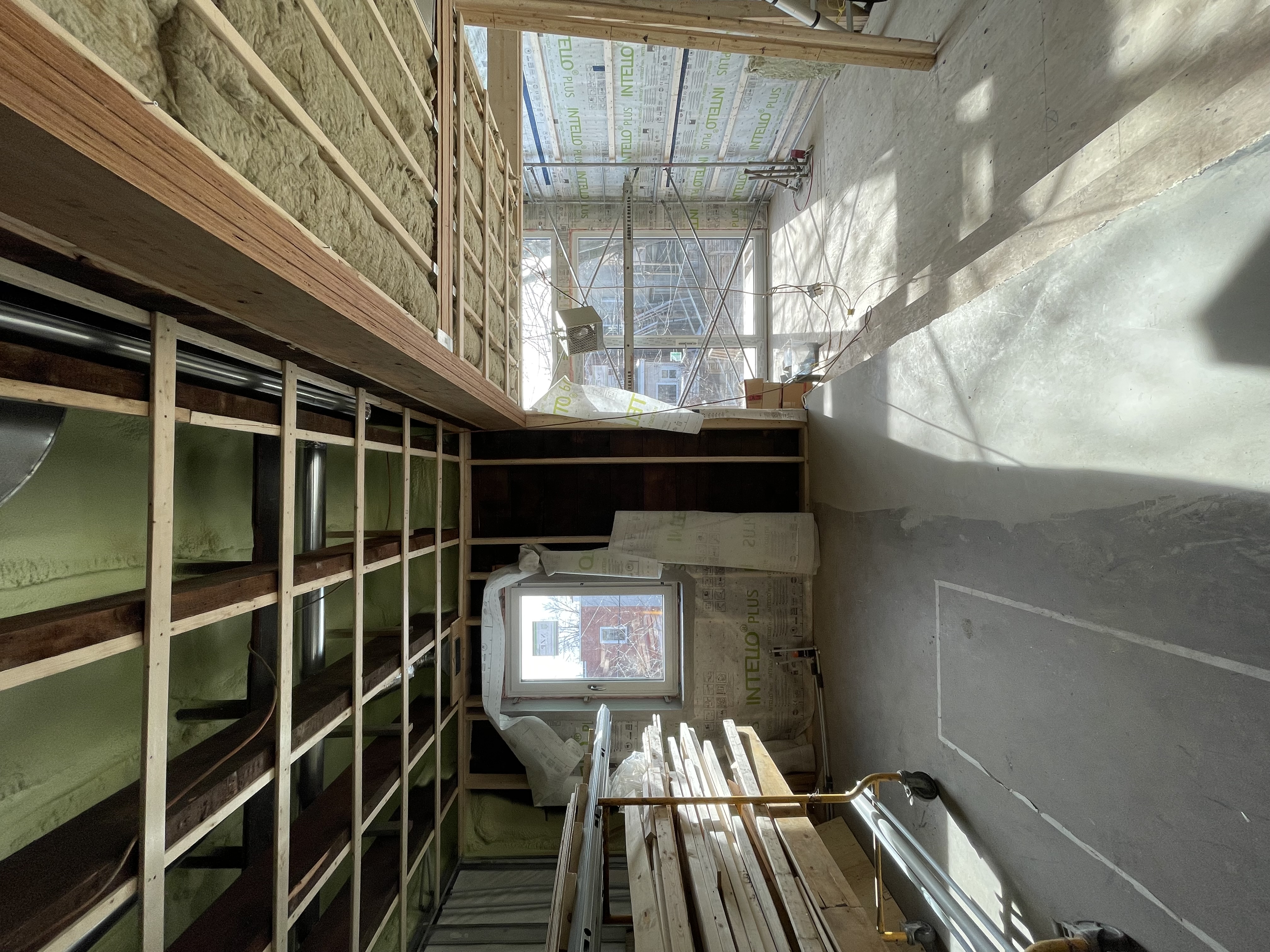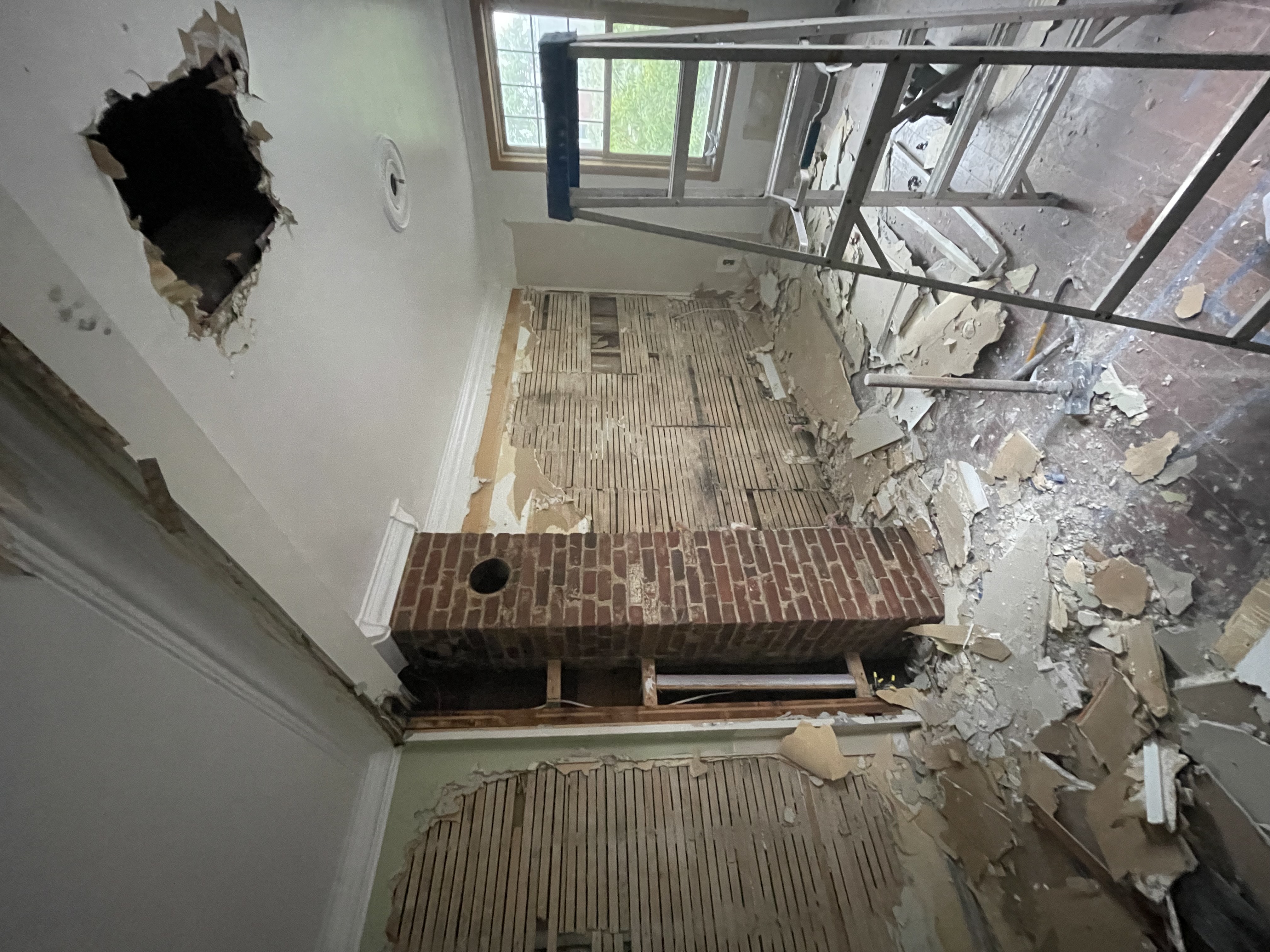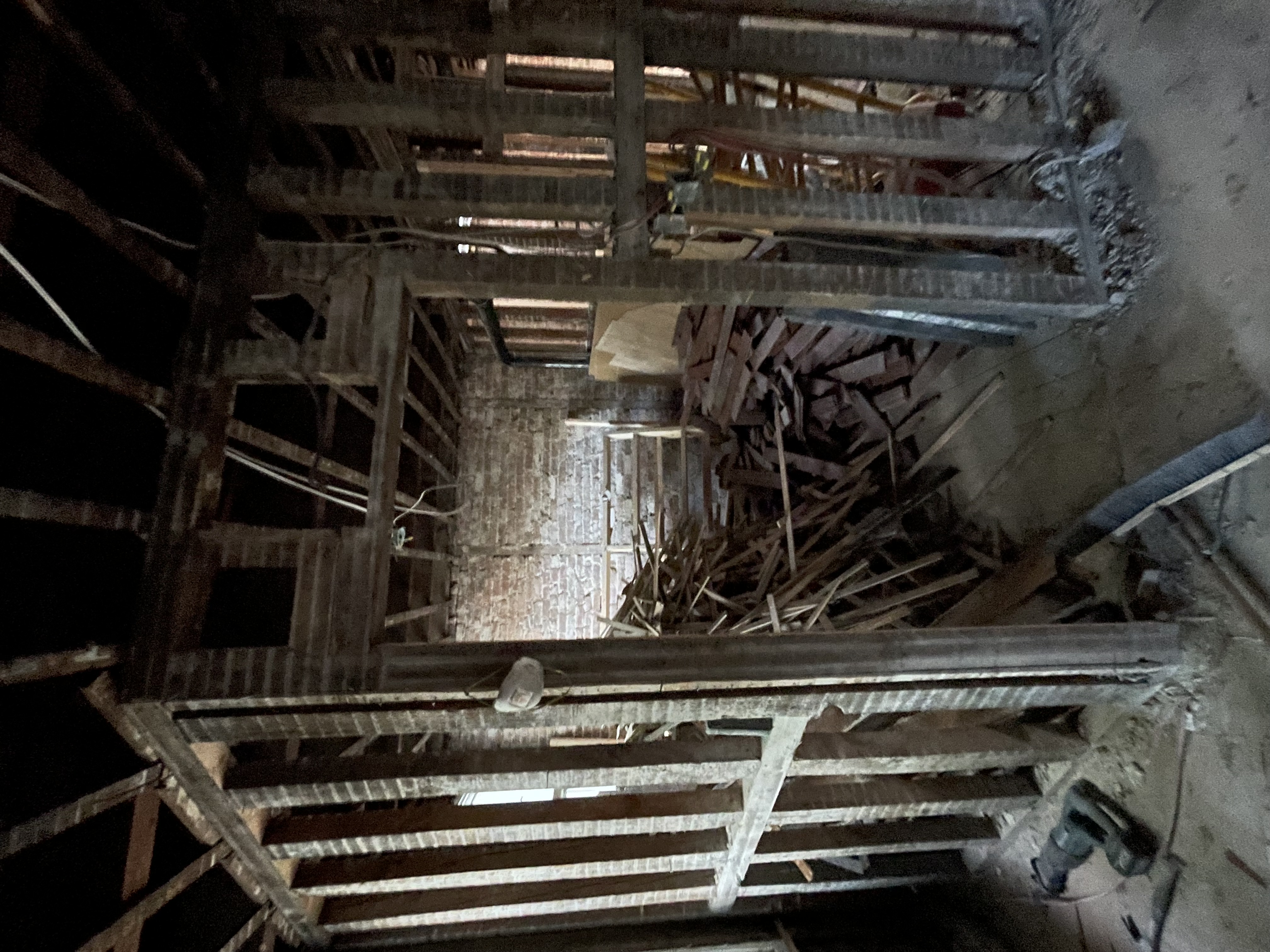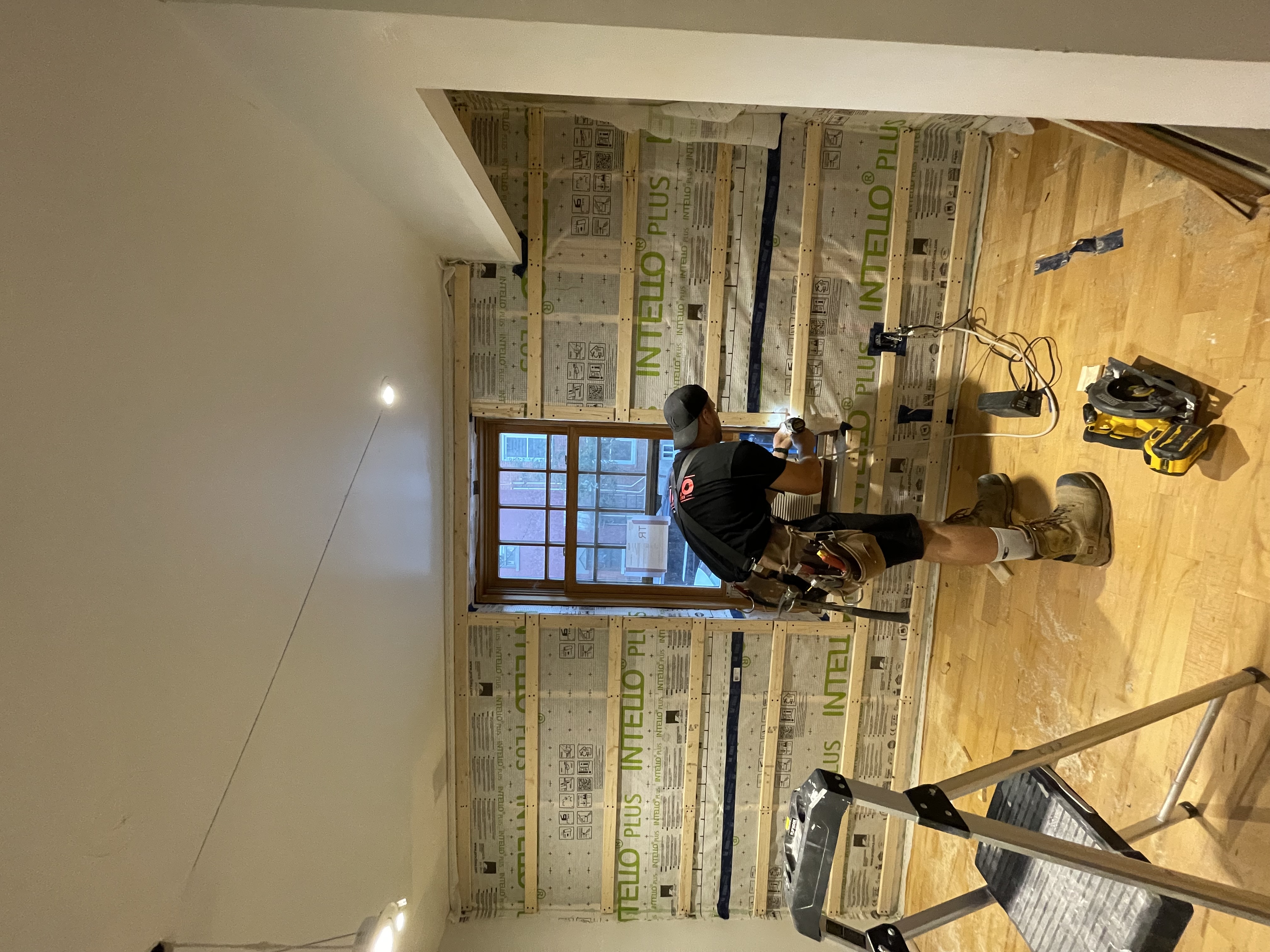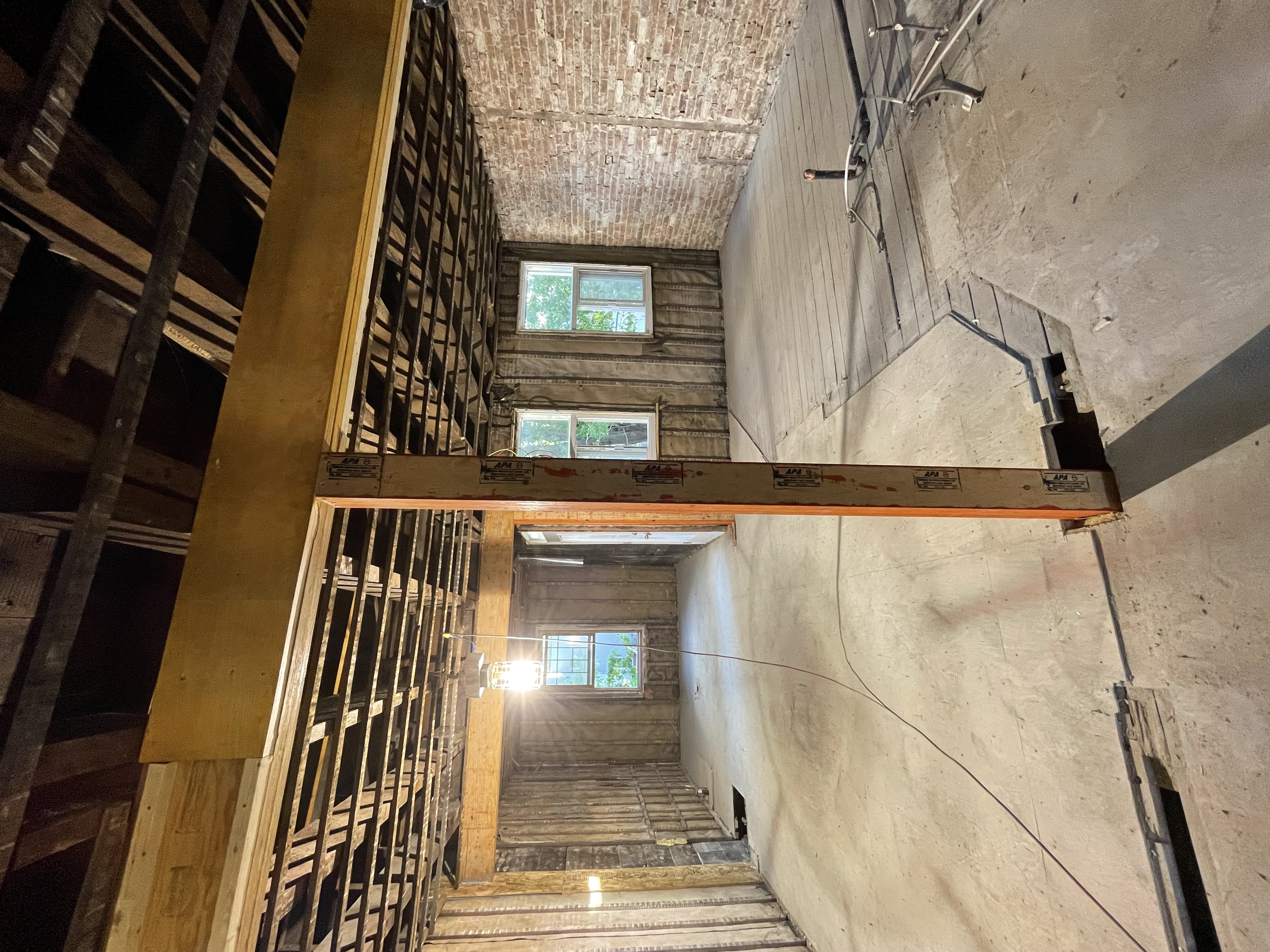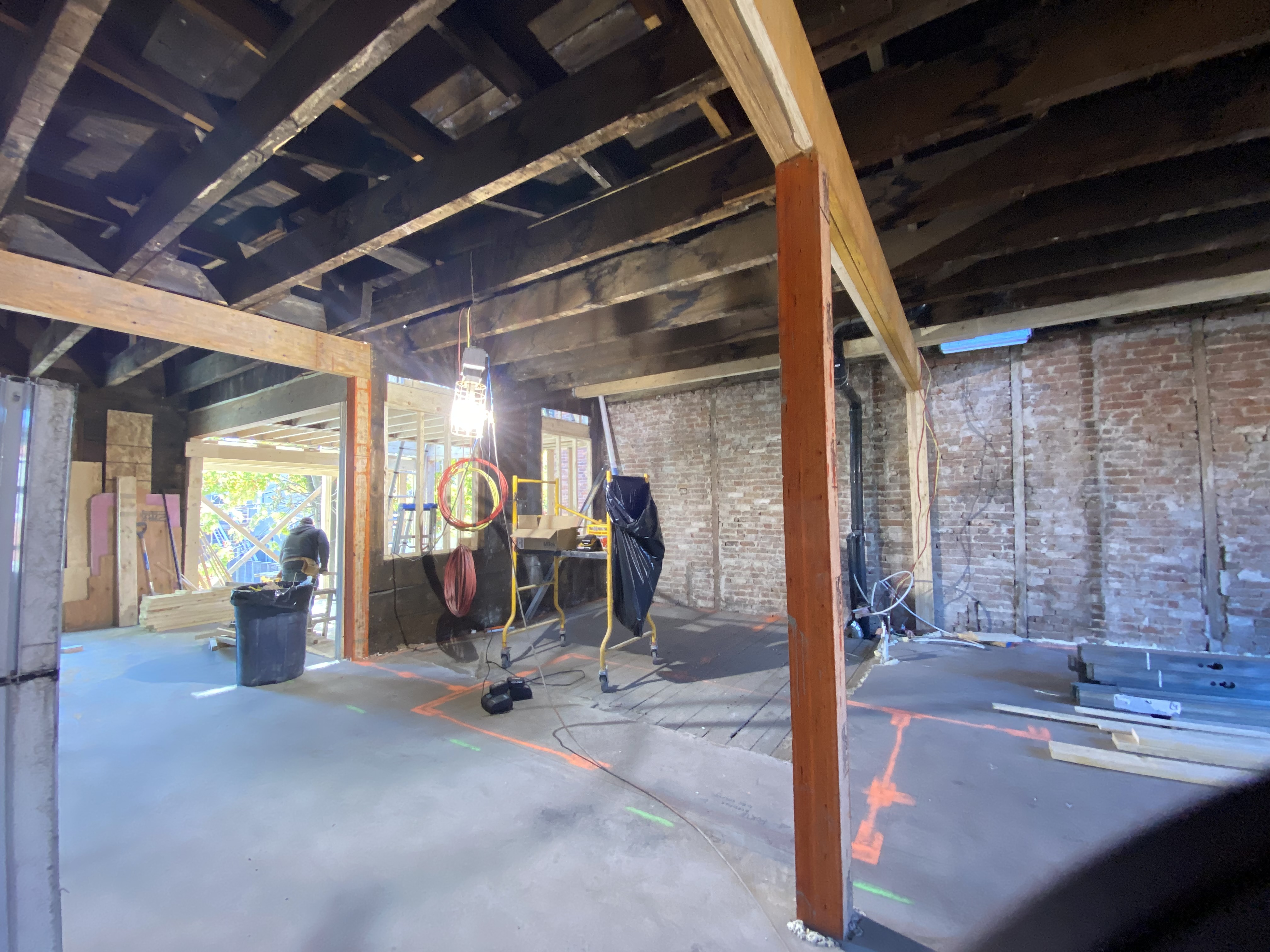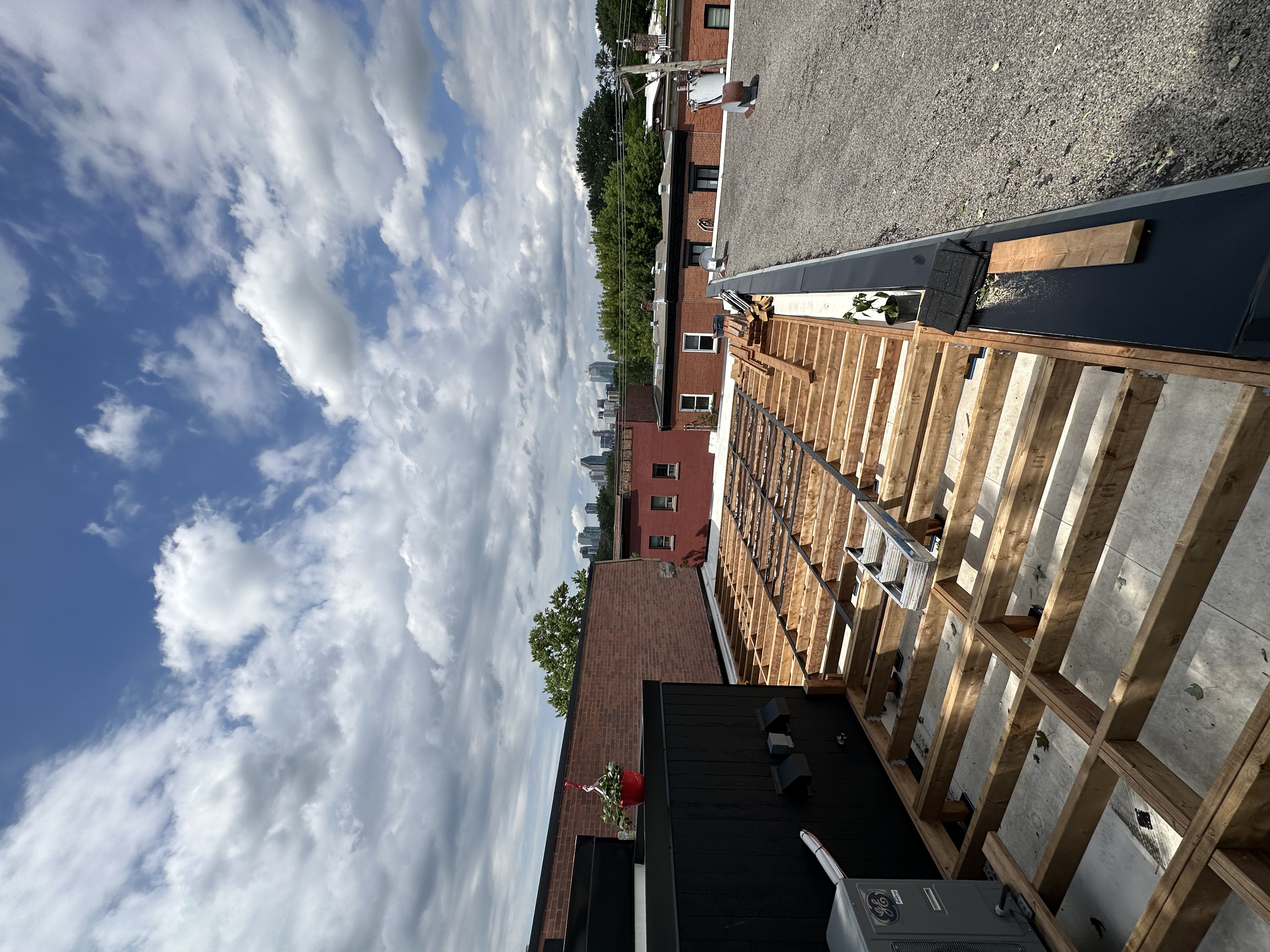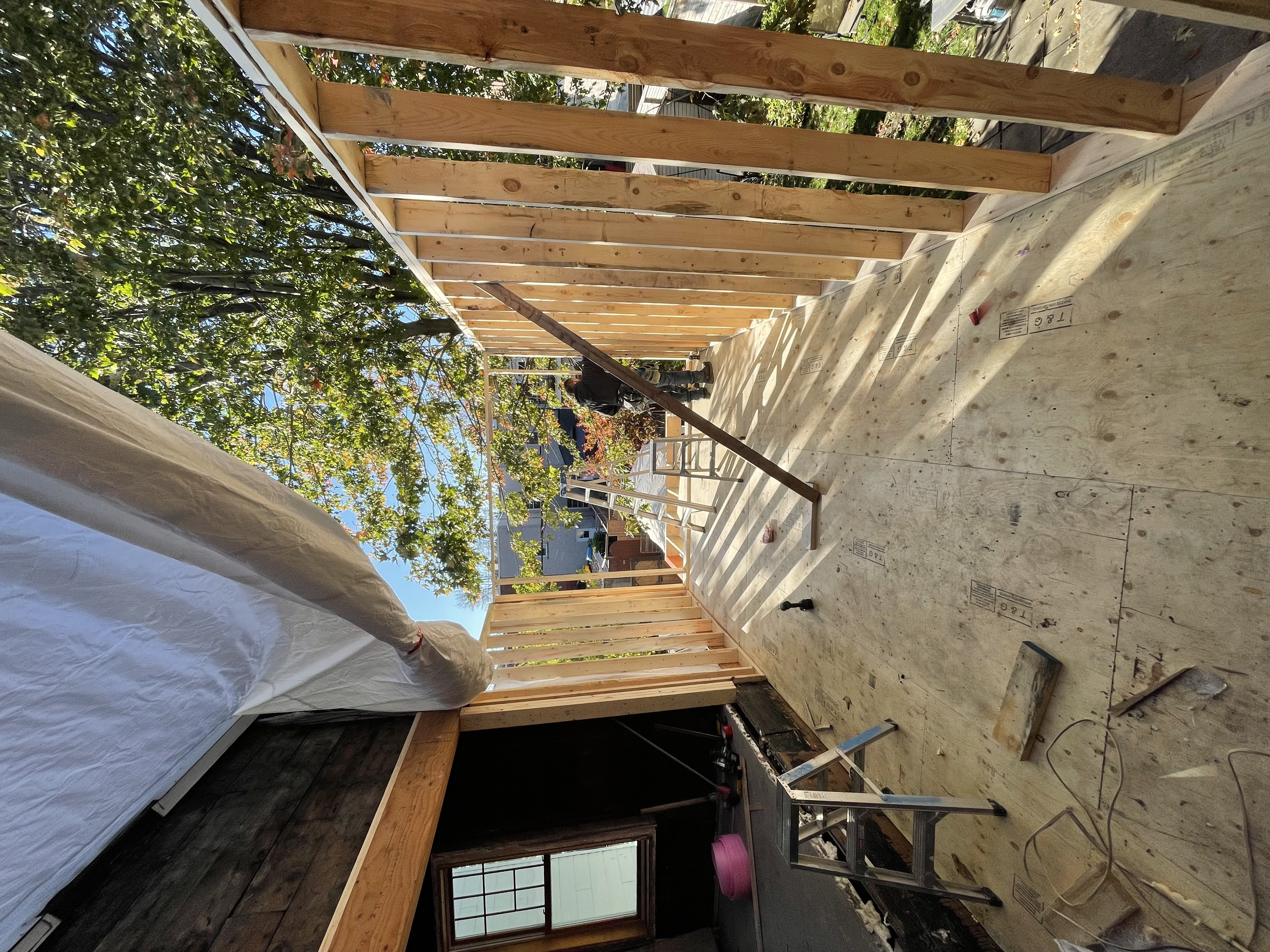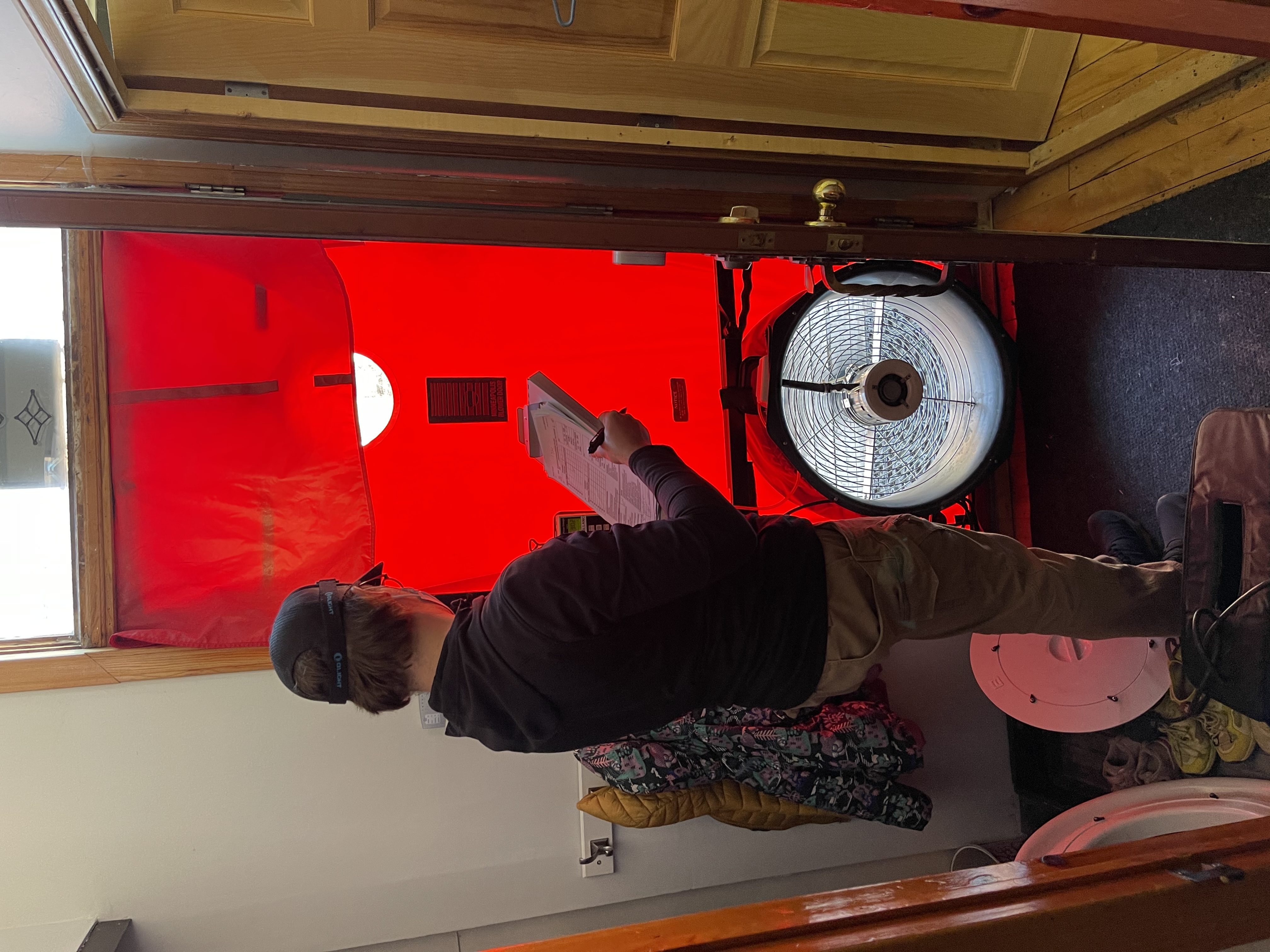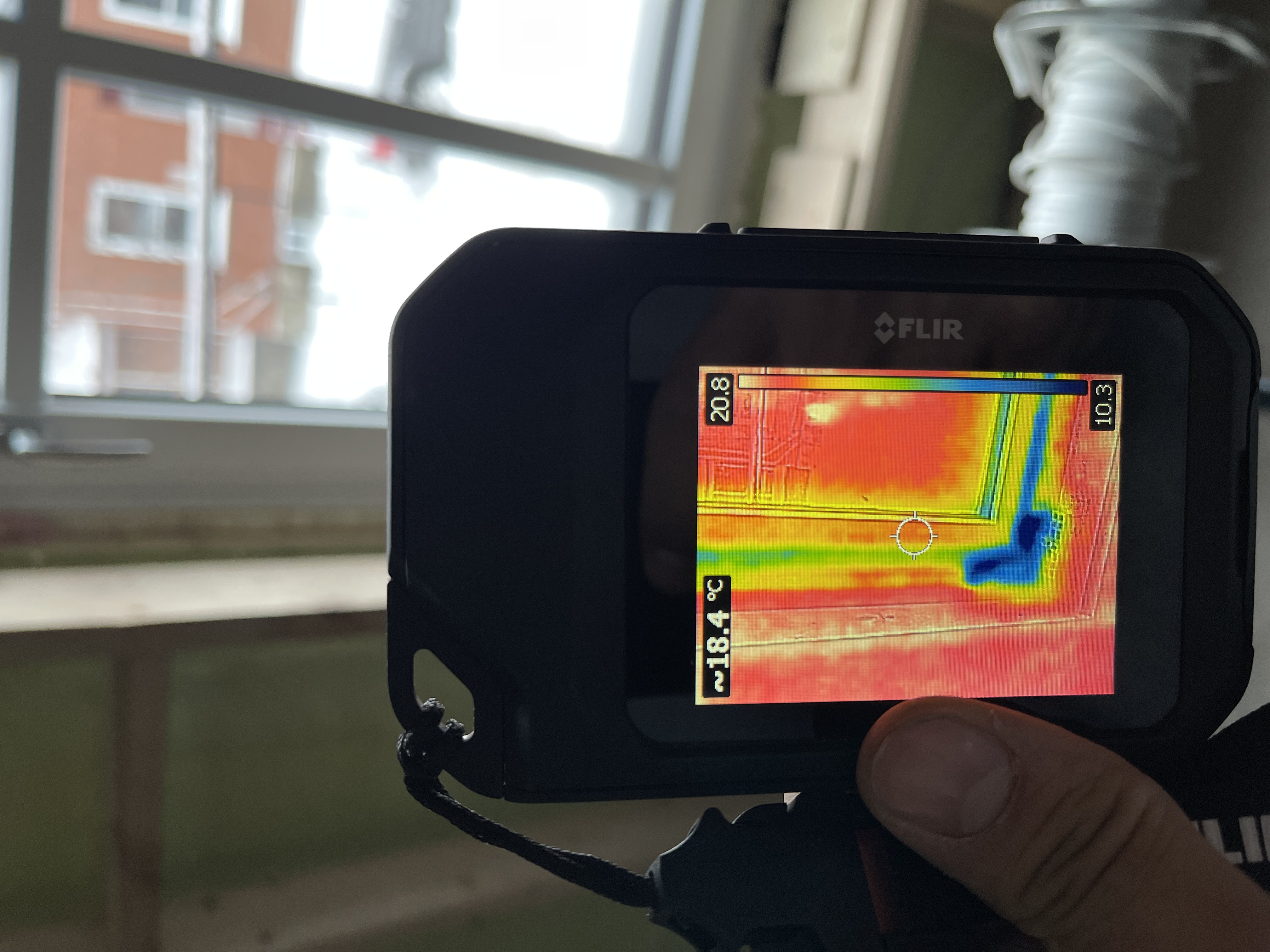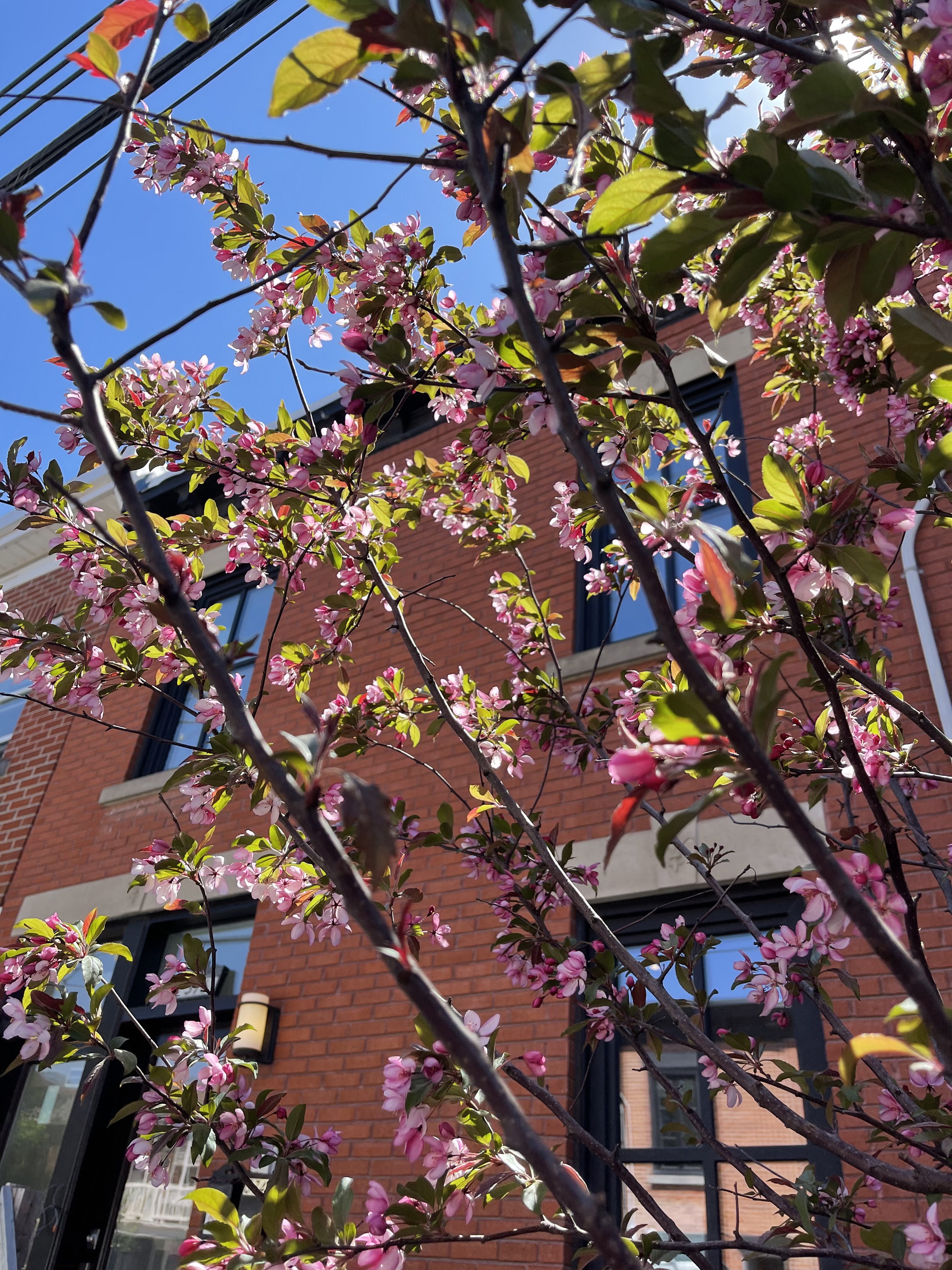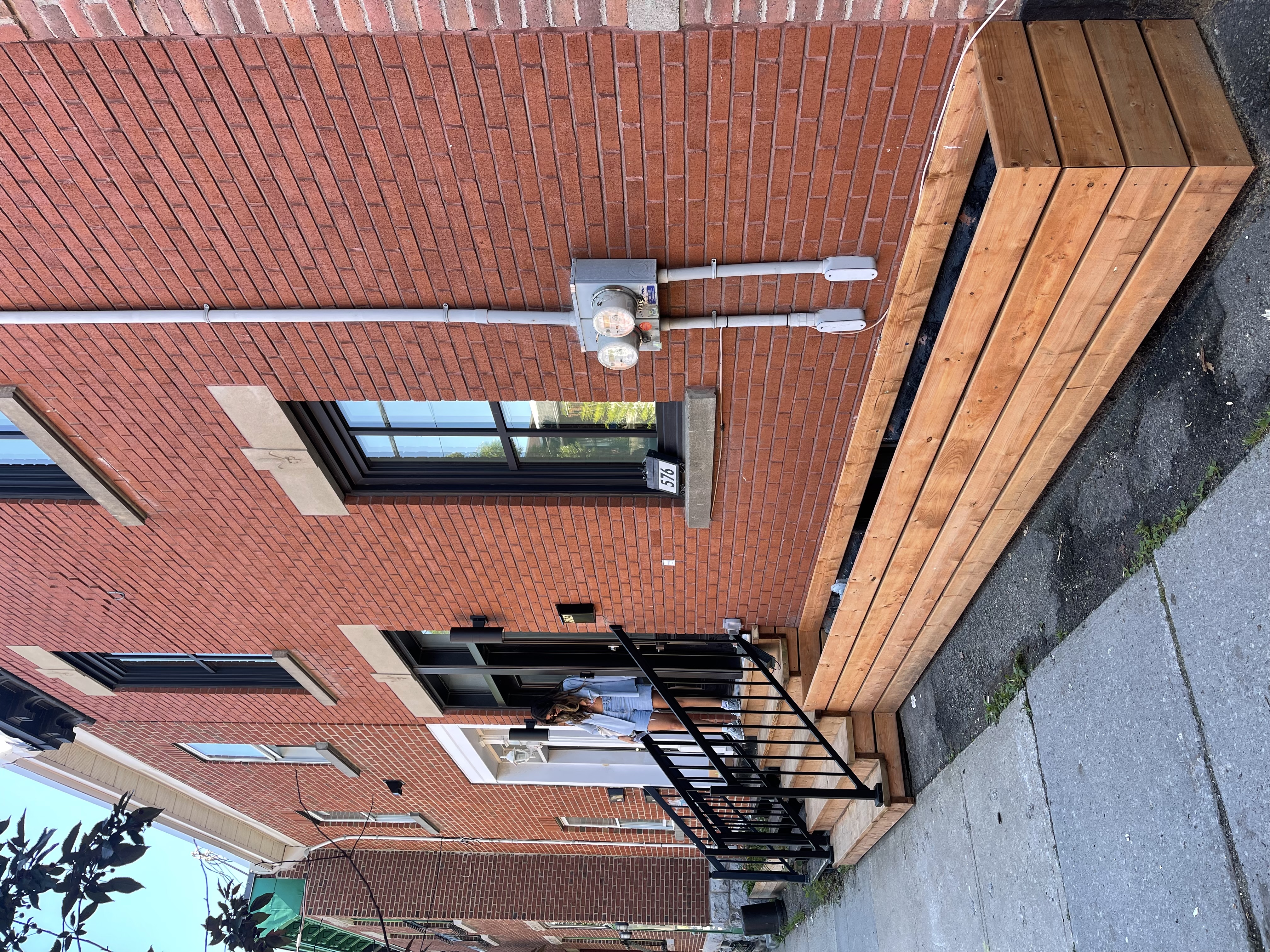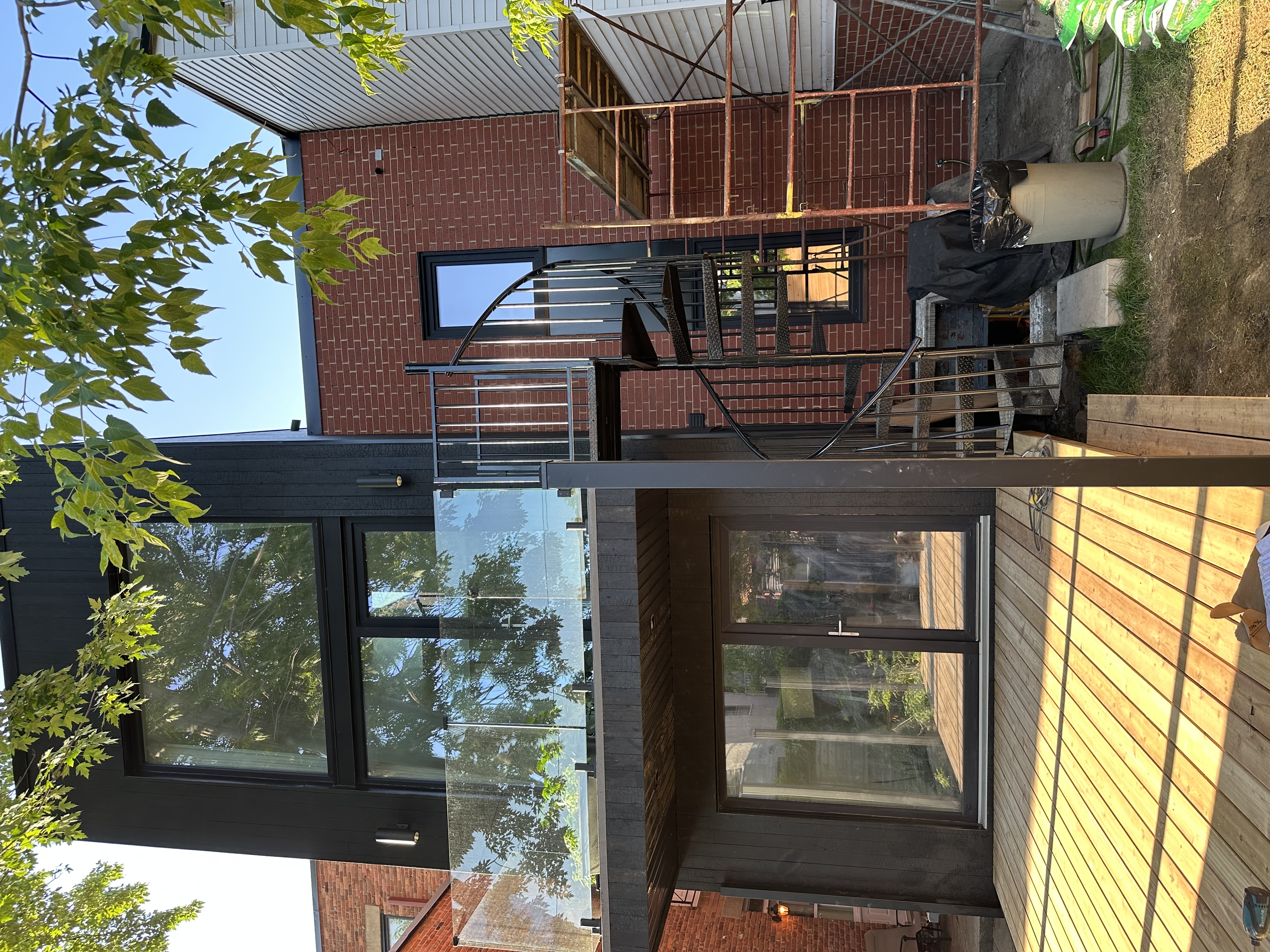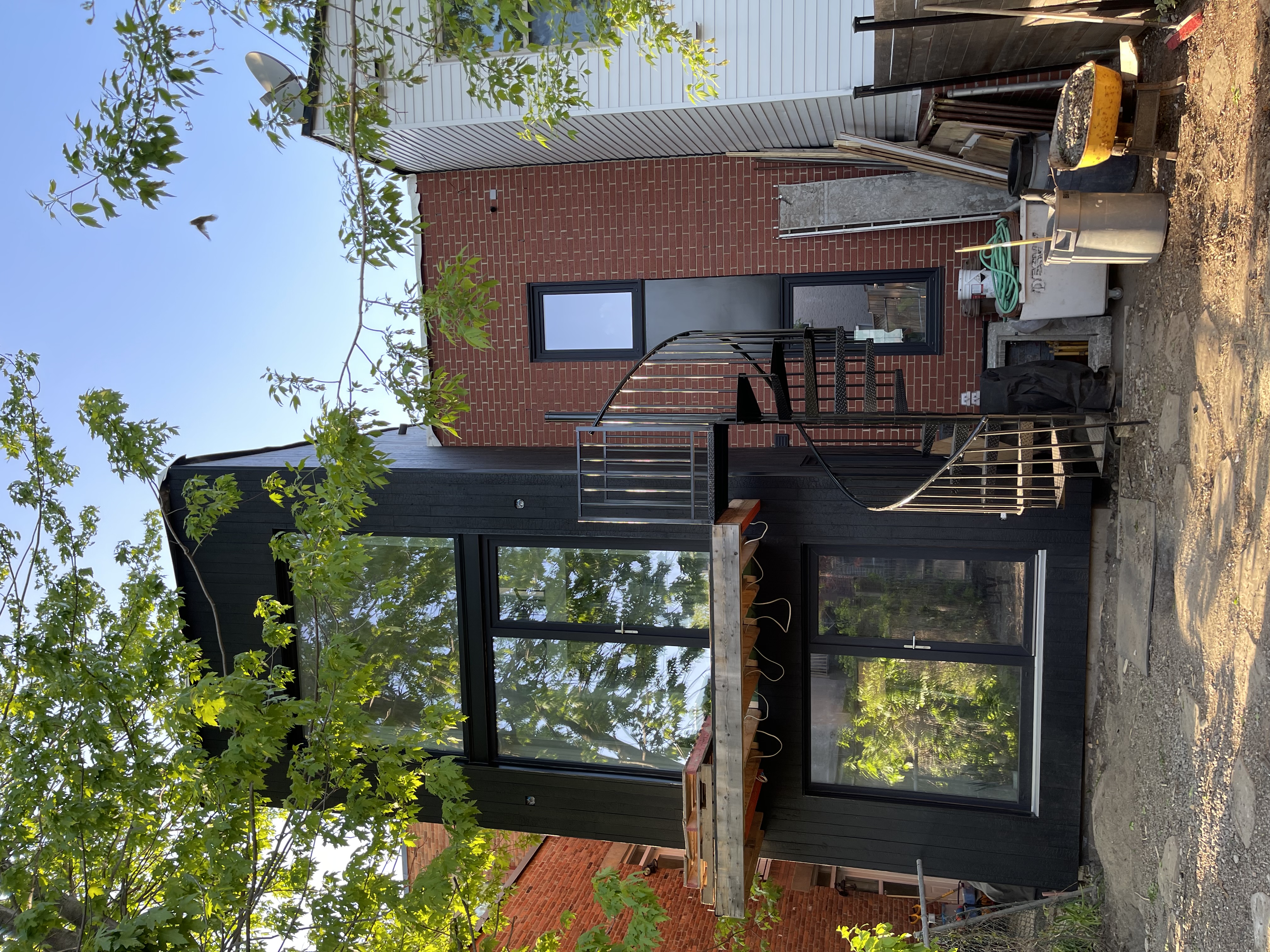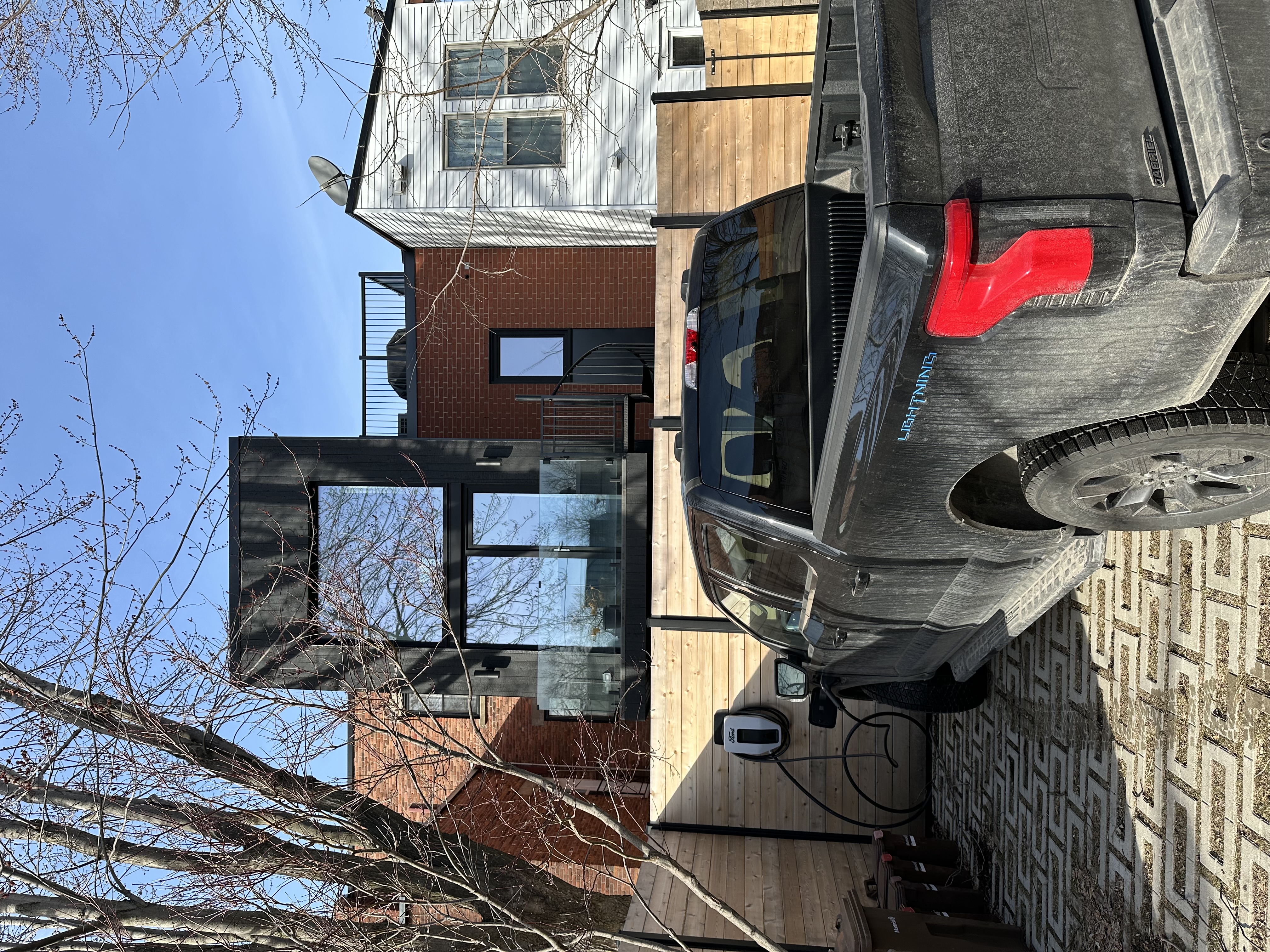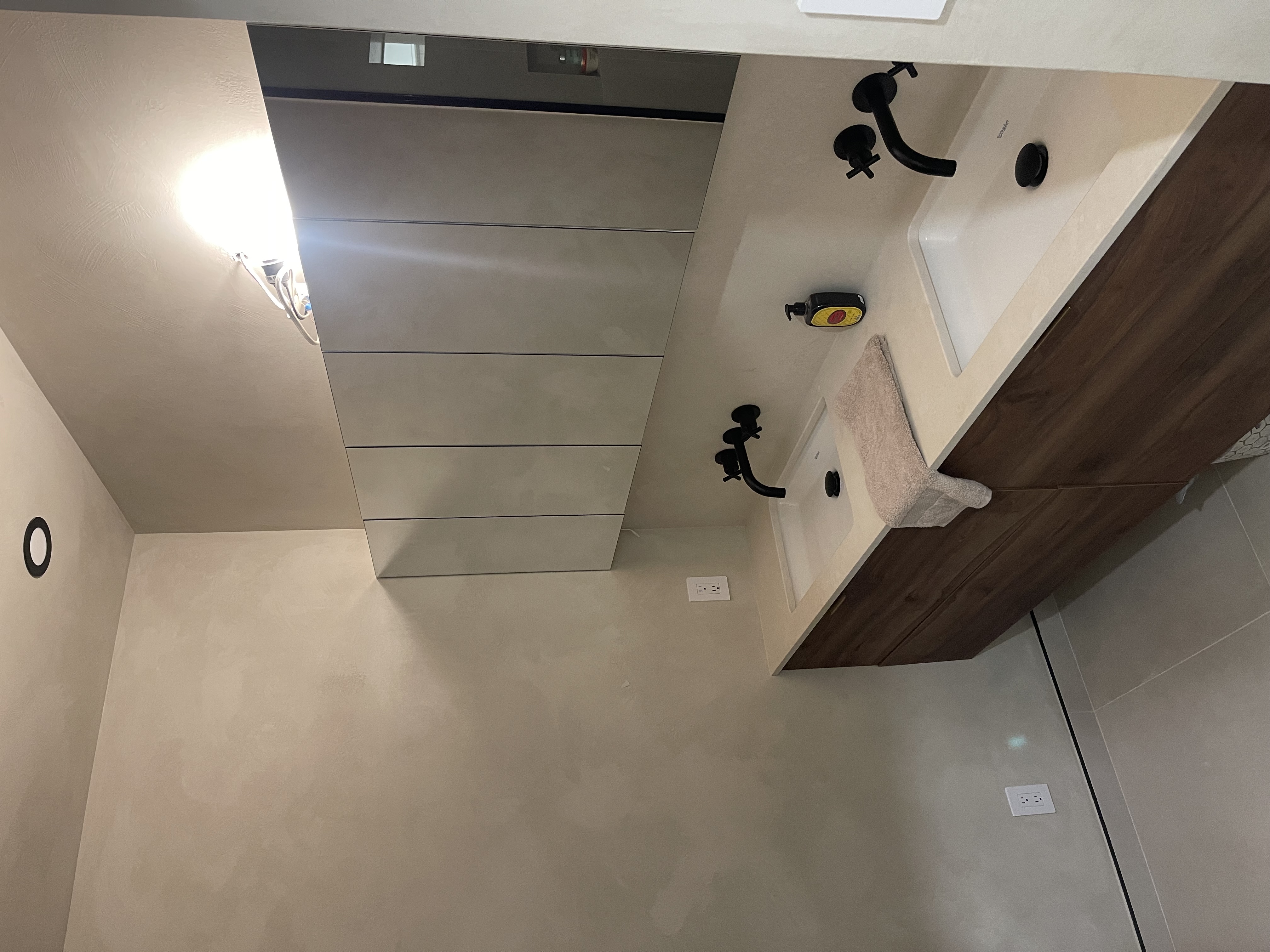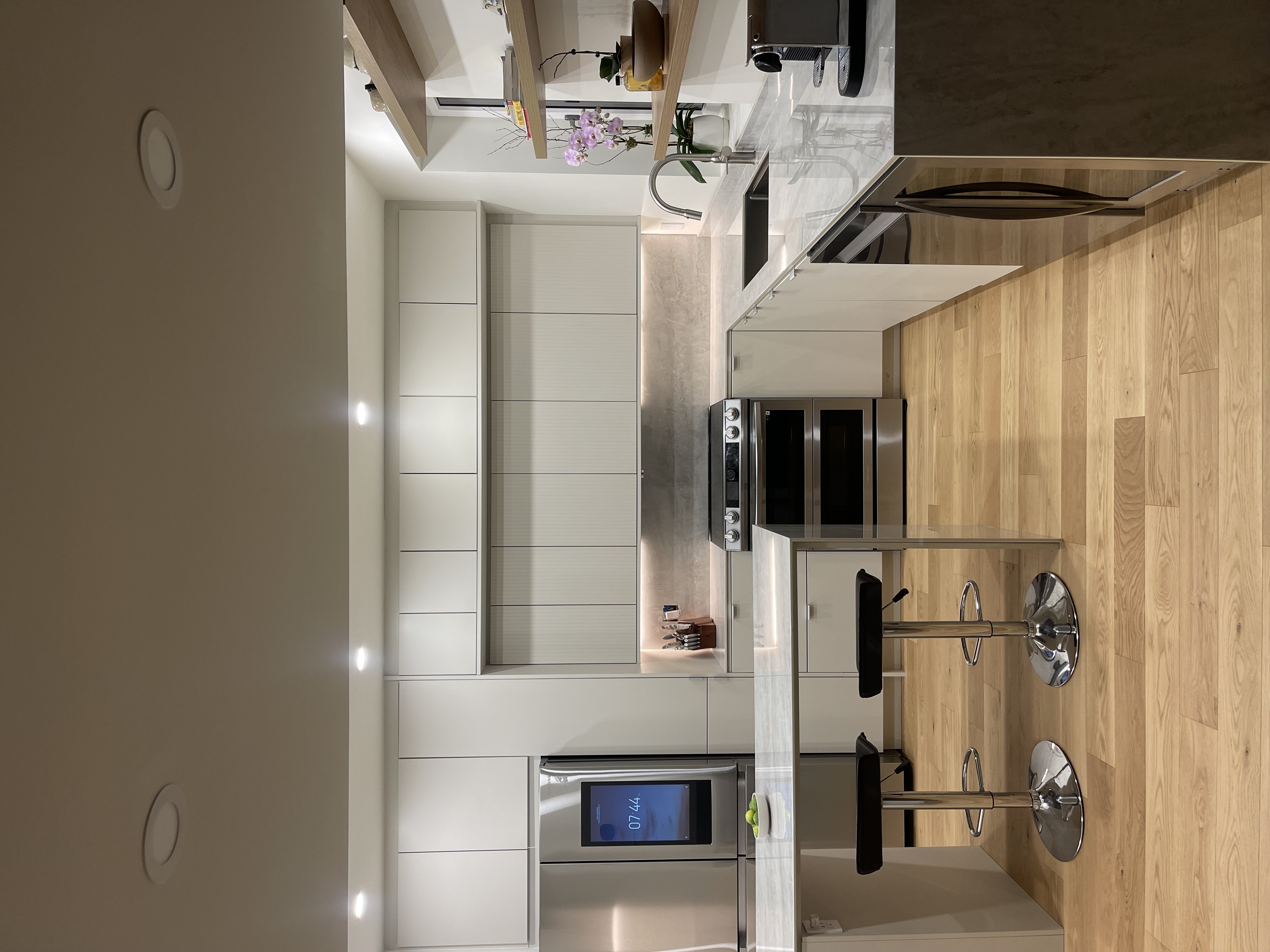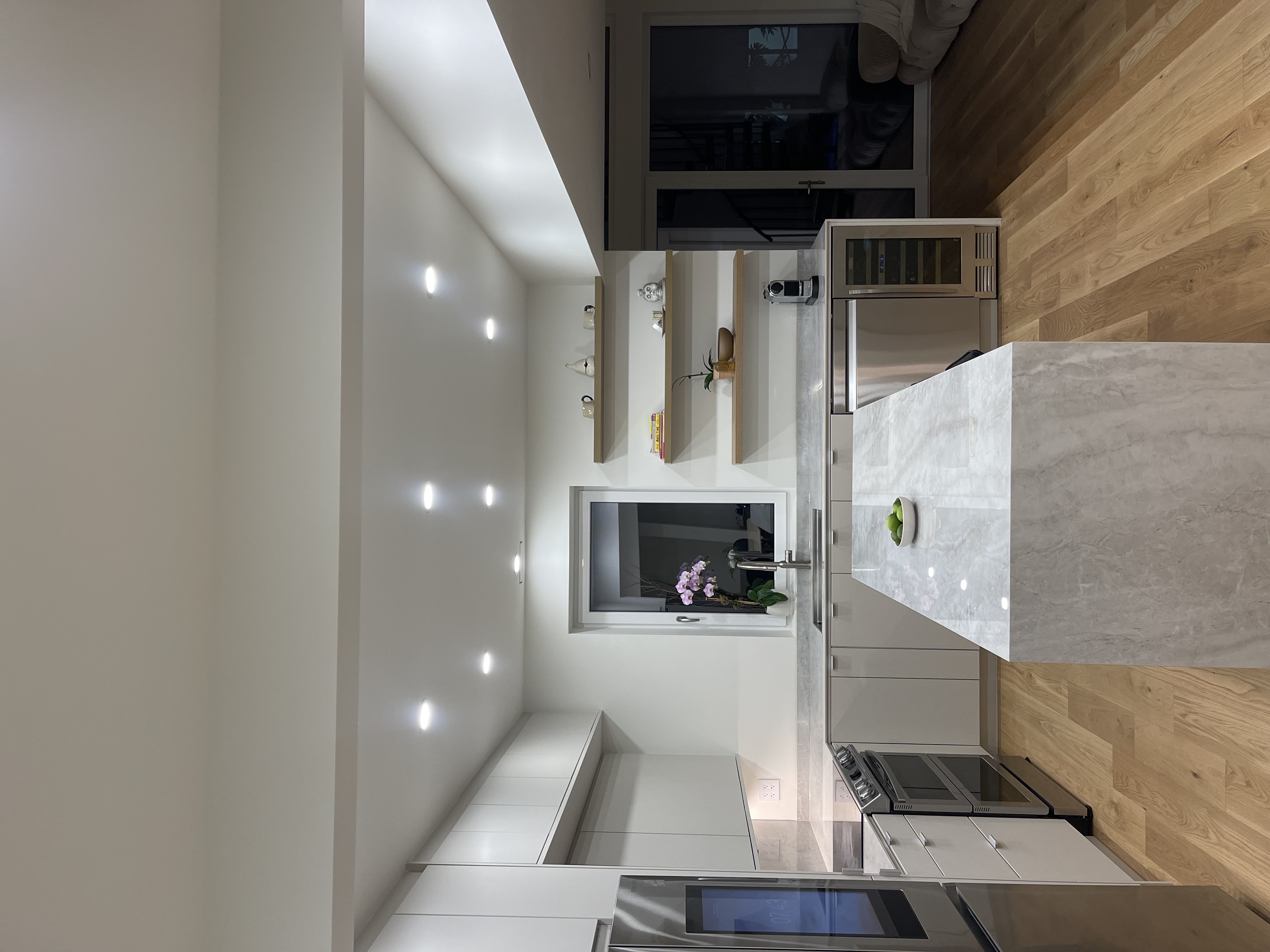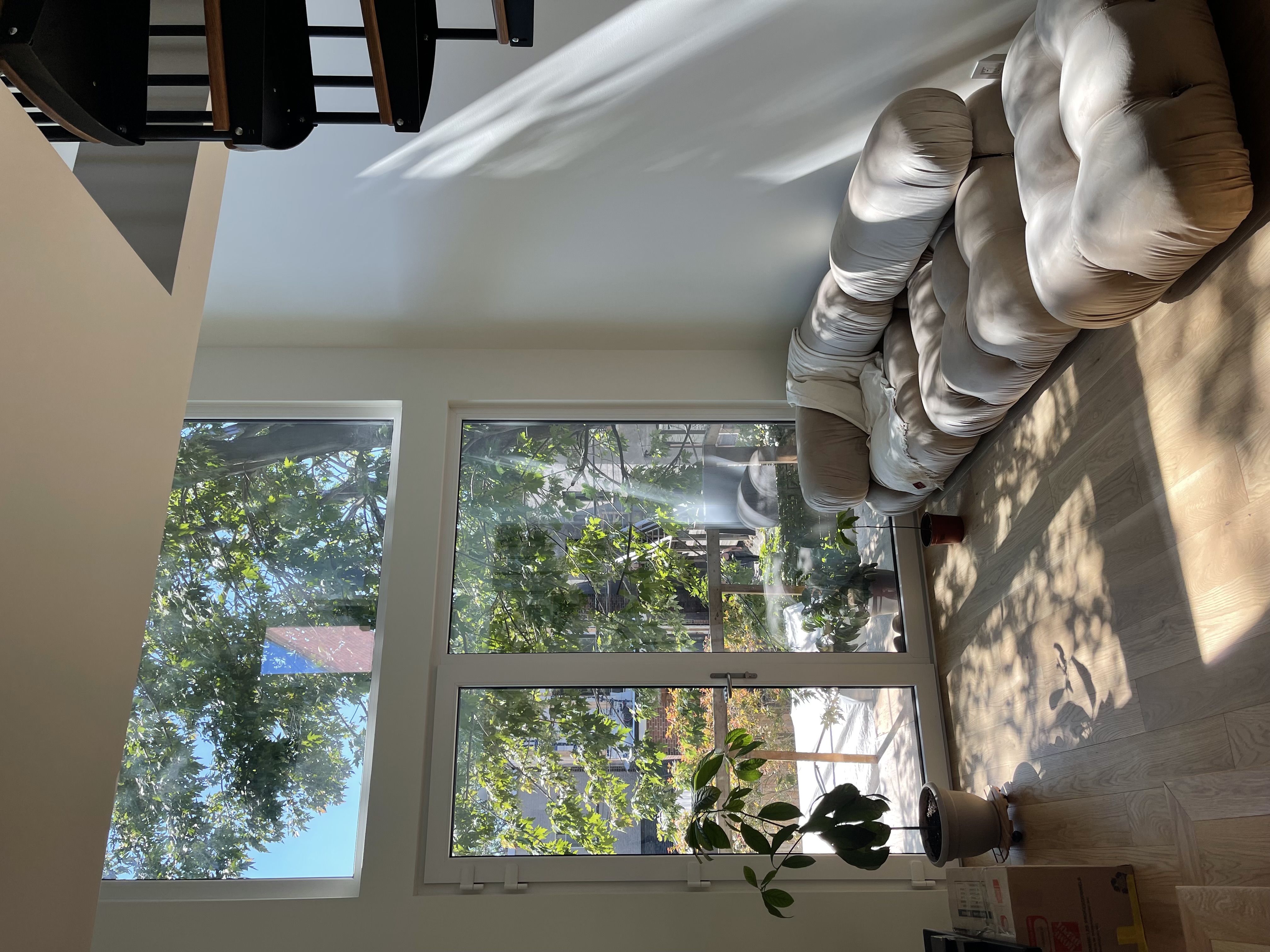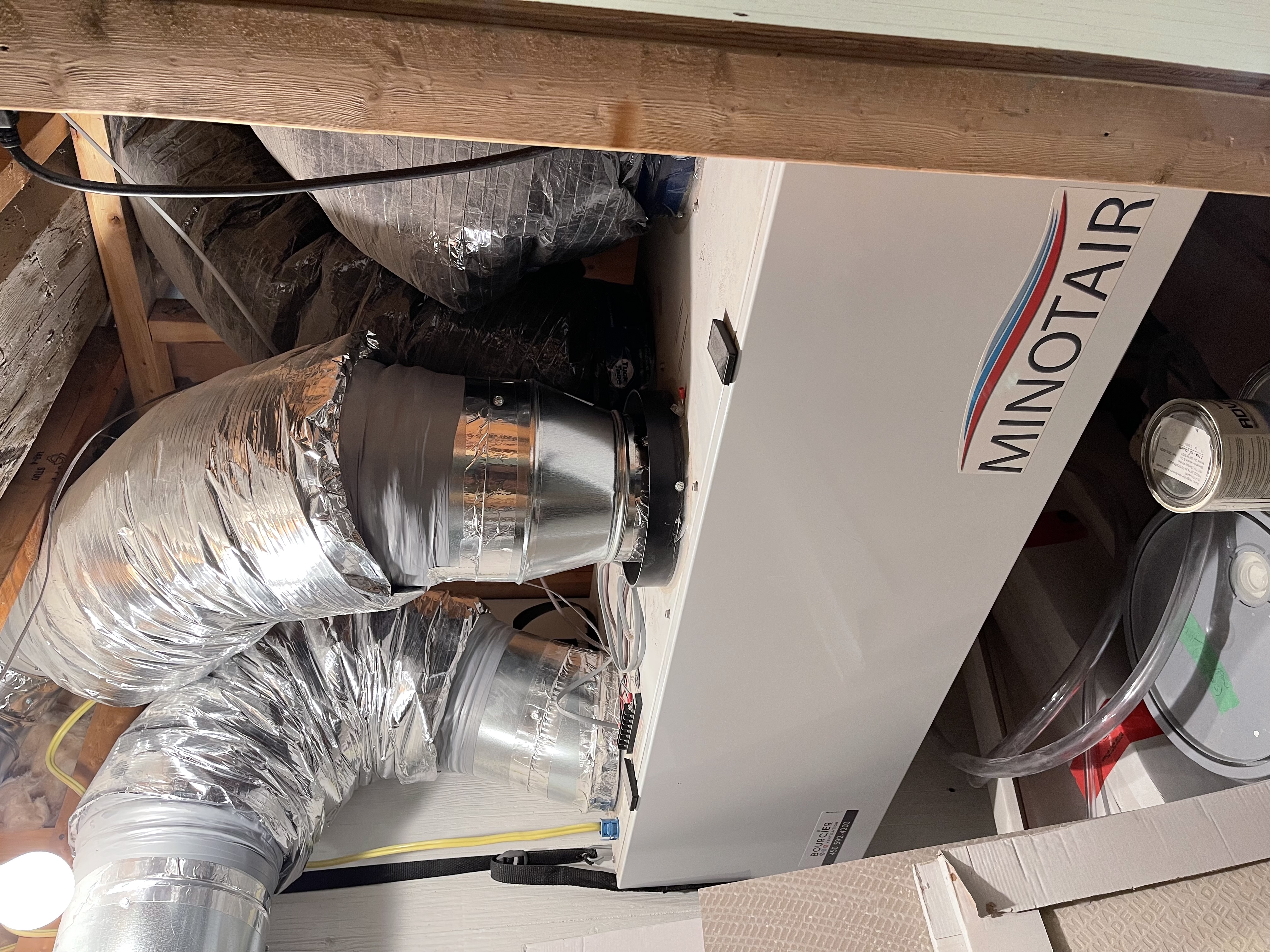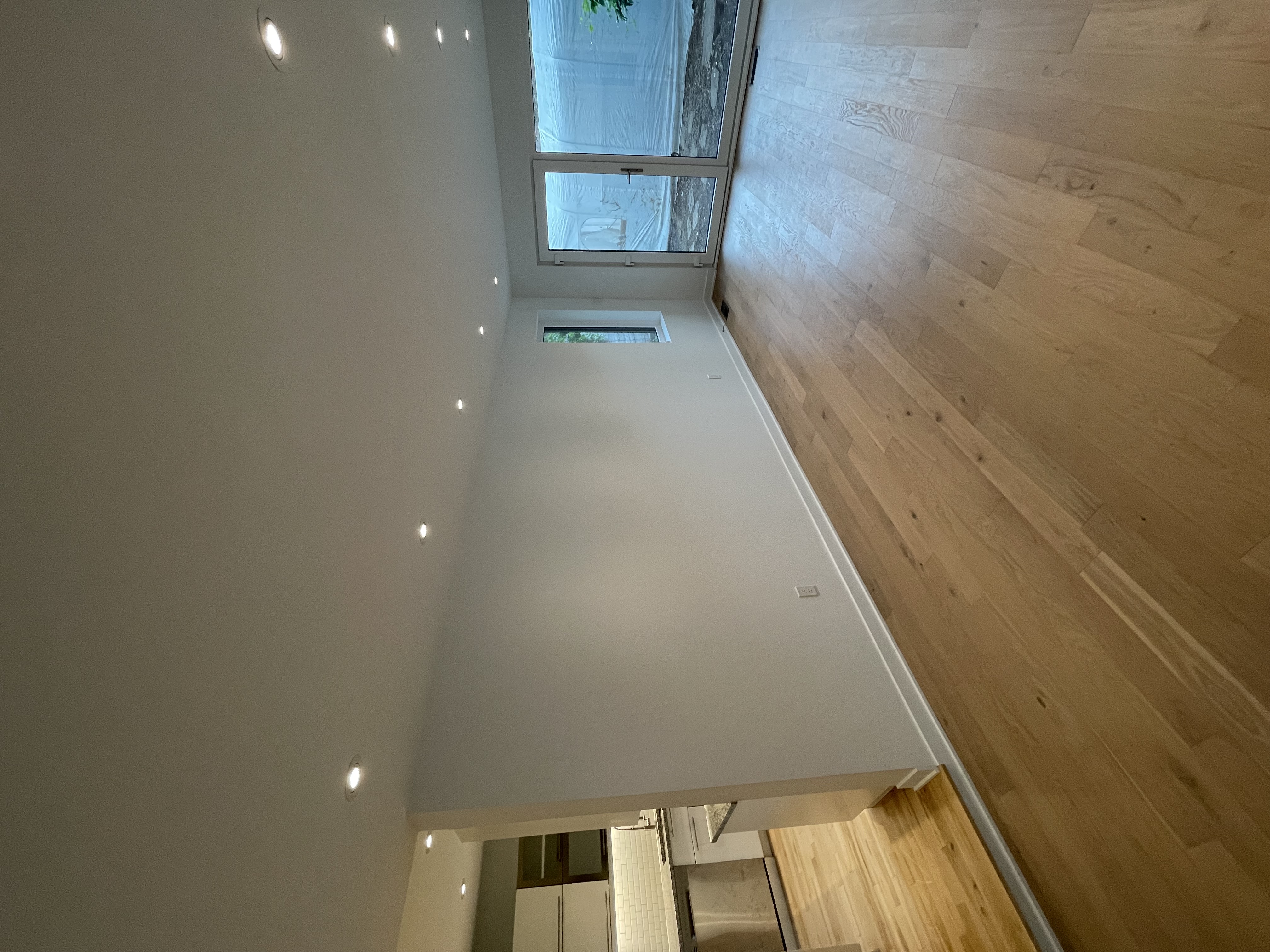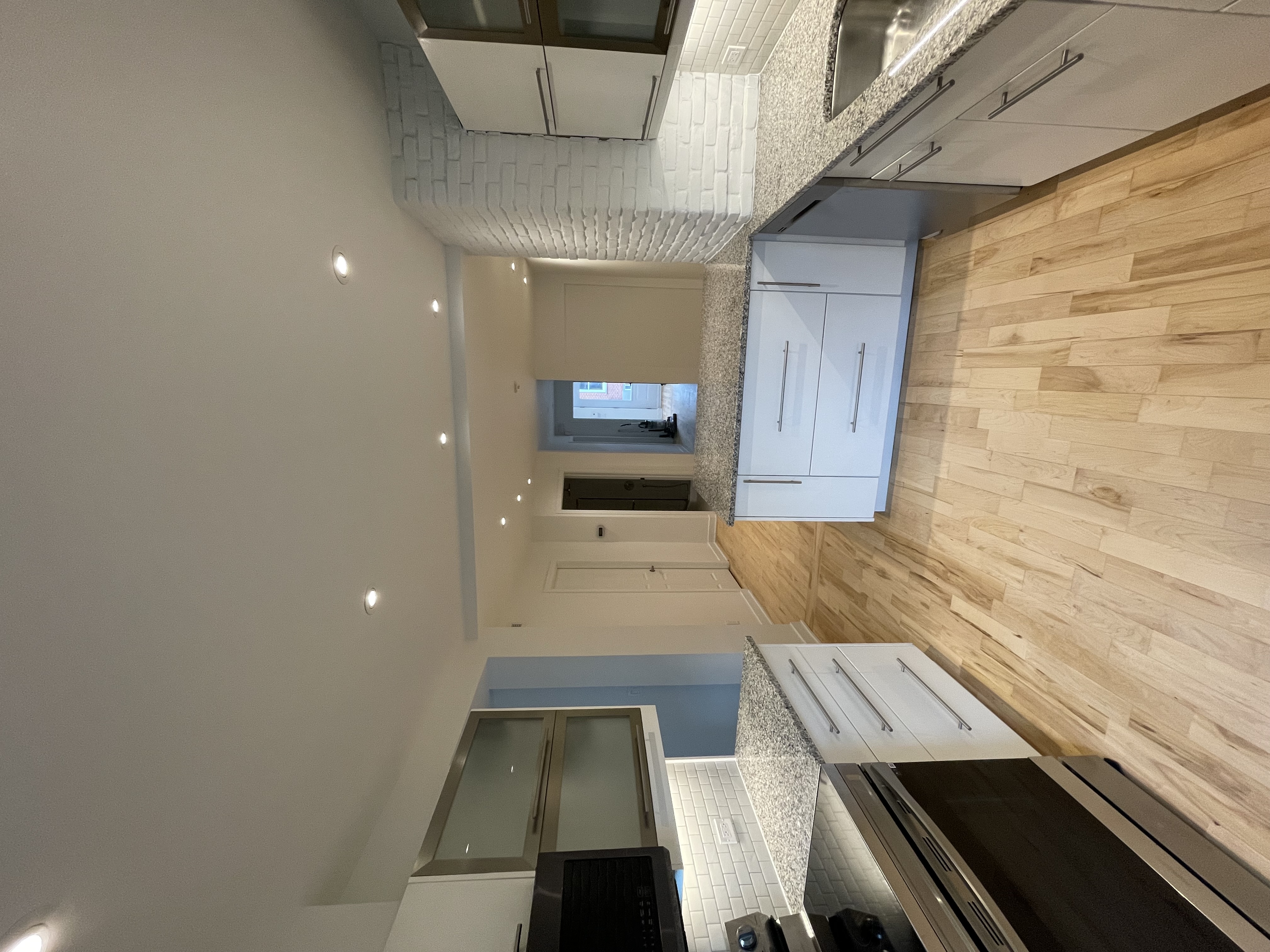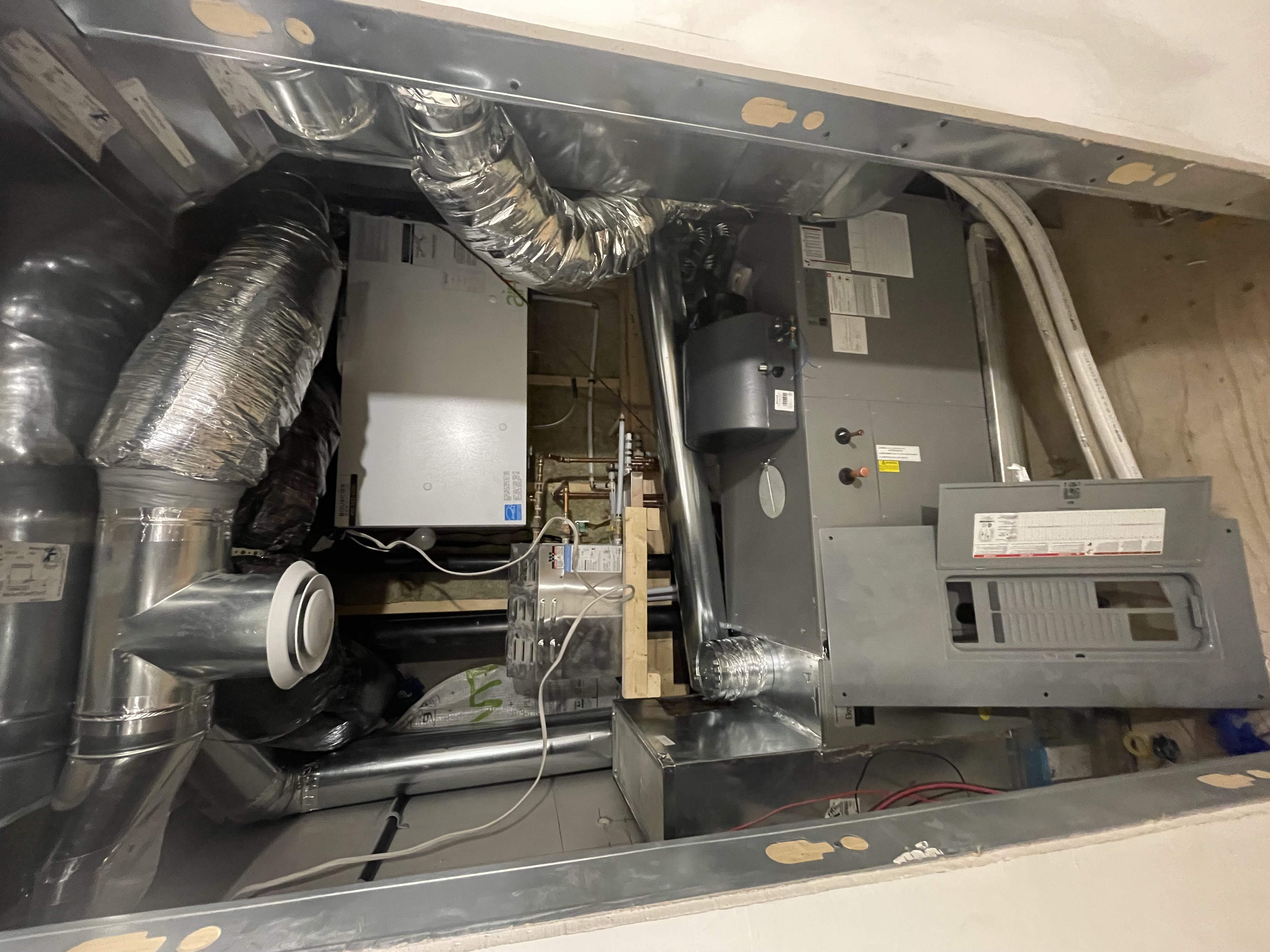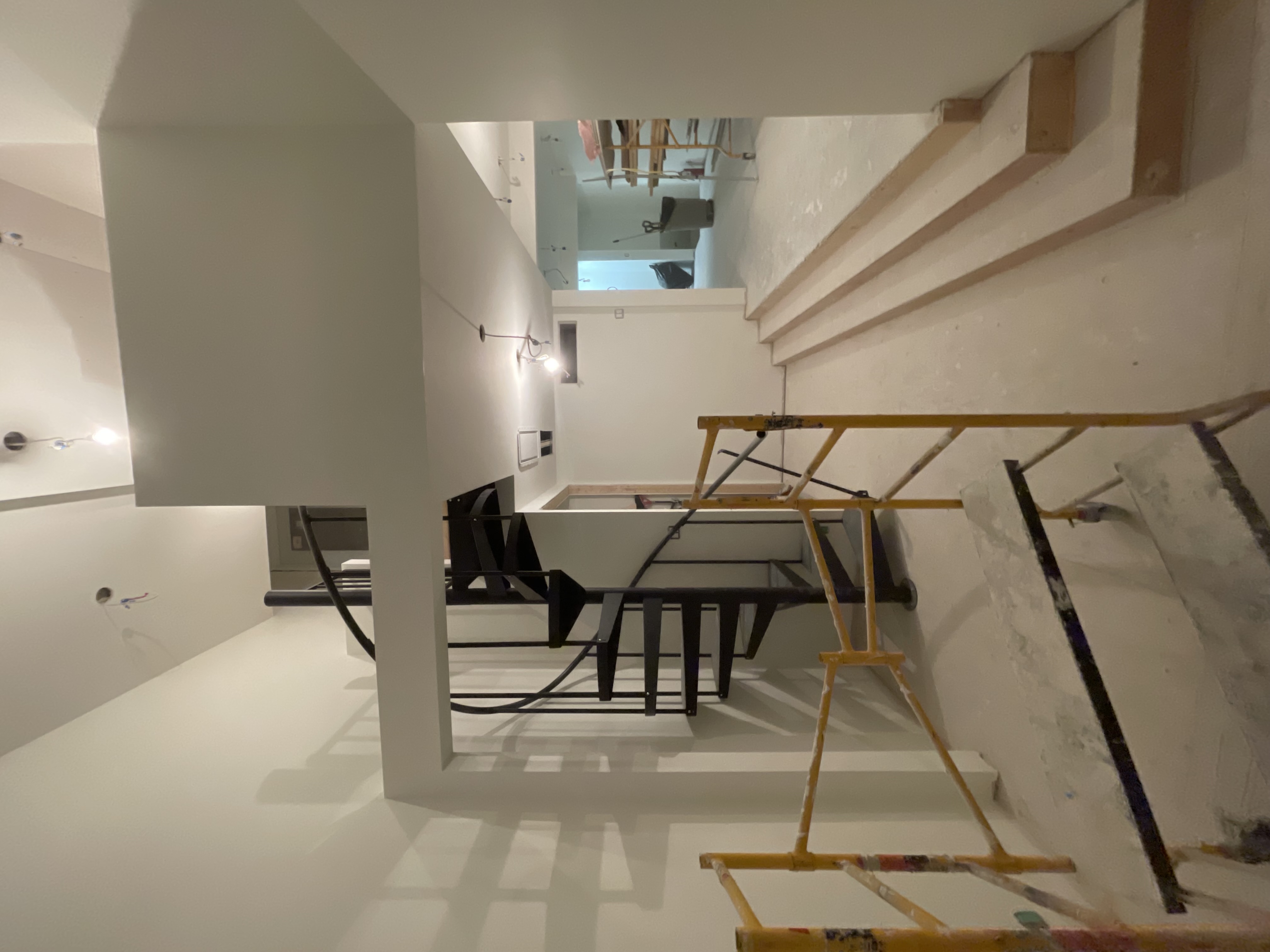Charon Retrofit
Fellipe Falluh of Retrofit Construction retrofitted an 1890s Montréal Row Home duplex to net-zero-ready.
| Building Type | Row/Townhouse | Location | Montreal, QC |
| Year Built | 1895 | Foundation Type | Rubble, covered with lime mortar |
| Structure Type | Wood-Framed | Total Floor Area | 232.7m2 |
| Climate Zone | 6 | Heating Degree Days | 4200 |
| Retrofit Status | Complete | Year Completed | 2022 |
| Retrofit Phasing | No | Geometry Changed | Yes |
| Annual Energy Savings | 64.9% | Operational Carbon Savings | 0.06 tCO2eq/yt |
| Retrofit Type | Envelope and Mechanical | Performance Level | Net-Zero Ready |
Project Team
- Retofit Construction ( Builder )
- https://homesolbuildingsolutions.com/ ( Energy Advisor )
- Bourcier Ventilation ( Mechanical Engineer )
- Stitch Passive Design ( Designer or Architect )
Project Priorities
- Reduce Energy Consumption
- Achieve Net Zero or Net Zero Ready
- Increase Thermal Comfort
- Improve Indoor Air Quality
- Reduce GHG Emissions
- Repair and/or Renew Exterior
- Improve Home Value
Project Goals
Other goals:
- Part Home Part Office
- Include EV charging & potential 2 way
Upgrades
- 2-floor extension completed on unit above
- Full deep energy retrofit for unit above. (full envelope retrofit) : interior & exterior retrofit
- Medium energy retrofit for unit below (partial envelope retrofit): interior & exterior retrofit
- Full mechanical Central HVAC system for unit above : Heatpump + HRV + Humidifier
- Full mechanical Central HVAC system for unit below : all in one heatpump & ERV & humidi
- Full window swap for whole building to triple glazing
- Aerobarrier for unit above
Project Description
Planning the Retrofit
Project Description by Fellipe Falluh, president/founder of Retrofit Construction, and owner of the home.
A Three-in-One Retrofit: Revenue Property, Personal Home, and Business Pilot Project
This project was more than just a renovation—it was a testbed for innovation, a home for my family, and a smart financial investment, all rolled into one. First and foremost, it is a revenue property for my wife and me, meaning we needed to carefully manage the budget, particularly for the rental units. Secondly, it is our primary residence, so we designed it to meet our long-term needs. Finally, it served as a pilot project for Retrofit Construction, allowing us to put innovative retrofit solutions into practice and establish the company’s foundation.
The Retrofit Approach
Our initial plan was a panelized retrofit, and we even completed a LiDAR scan to explore that approach. However, as we analyzed the site conditions, it became clear that a panelized solution wasn’t feasible for this building. Instead, we pivoted to a hybrid strategy—integrating an extension while combining interior and exterior retrofit techniques.
The building, a row house with two party walls, had only two exterior-facing sides. The south façade, at the back of the house, underwent an exterior retrofit, integrated with the new extension. The north façade, at the front, was a heritage structure in good condition, so we opted for an interior retrofit.
Each unit required a distinct retrofit strategy. The top unit underwent a full gut renovation, allowing us to reorganize the floor plan and implement a comprehensive envelope upgrade, including party walls. The bottom unit was not fully stripped; the focus was on adding insulation to exterior walls, upgrading windows and doors, and improving airsealing.
Achieving Net Zero Ready
One major challenge was the separation of the two units. Net Zero Ready certification was only achievable for the top unit, as a whole-building certification would have required a full-envelope approach, something difficult to achieve without complete airsealing. Despite these challenges, the Charon Retrofit became Quebec’s first certified Net Zero Ready project, setting a new standard for deep energy retrofits in the province.
Rather than prioritizing heavy insulation, we focused on maximizing airsealing, upgrading mechanical systems, and installing high-performance windows to deliver the best return on investment. Given that Québec’s electricity grid is already clean, we ruled out solar panels, opting instead for a fully electric system powered by heat pumps.
Passive Solar Design and Orientation
While we couldn’t physically relocate the building, site selection was crucial. From the start, we sought a property with a south-facing backyard, allowing us to install large windows while maintaining minimal fenestration on the north side for energy efficiency. A large backyard tree also plays a key role, providing shade in the summer while allowing passive solar heating in winter when it sheds its leaves.
Most Montreal buildings follow a slightly misaligned north-south orientation. However, our block is one of the few that aligns perfectly with true north and south, which worked to our advantage.
Challenges and Solutions
This project presented several challenges, many stemming from its urban setting, party walls, and heritage constraints.
Transitioning between different air barrier strategies:
Navigating the air barrier strategy felt like solving a puzzle—each wall required a different approach, with tricky transitions between interior and exterior barriers.
Some walls were completely inaccessible, forcing us to get creative with sealing solutions.
Sealing between units:
Airsealing between floors was critical, even though it wasn’t an exterior wall.
All plumbing and electrical penetrations had to be meticulously sealed, which proved to be one of the most difficult aspects of the project.
Spray foam use:
While I typically avoid spray foam, the roof assembly required its use. It wasn’t my preferred solution, but given the constraints, it was the most practical choice at the time.
Lessons Learned and Final Results
This was my first deep energy retrofit, and the learning curve was steep. However, we achieved significant improvements.
- Airsealing performance was reduced from 16 ACH to 5 ACH, but this still wasn’t sufficient for our targets.
- An AeroBarrier intervention helped further reduce air leakage to 1.6 ACH, a result I was extremely satisfied with.
- Windows played a crucial role in both comfort and aesthetics, enhancing thermal performance and market appeal.
Financial and Market Value Considerations
Beyond energy efficiency, the project was designed to maximize financial value. By combining the retrofit with a home extension and a full aesthetic transformation, we increased the property’s market value—not just through energy savings, but also by improving its curb appeal and rental potential.
In the end, this project proved that deep energy retrofits can be both functional and beautiful. By balancing efficiency, comfort, and design, we created a space that is not only marketable but also a long-term, sustainable home. The Charon Retrofit stands as a milestone for high-performance renovations in Quebec, demonstrating that transforming aging buildings into Net Zero Ready homes is not only possible but replicable.
Before & After
General |
Envelope |
Mechanical & Electrical |
Annual Energy Usage |
Carbon Emissions* |
Technical Documents
- Pre-retrofit energy evaluation (EnerGuide Home Owner Info Sheet)
- Post-retrofit energy evaluation (EnerGuide Home Owner Info Sheet)
- Pre Retrofit EnerGuide Label
- Post Retrofit EnerGuide Label
- Pre Retrofit EnerGuide Renovation Upgrade Report
- Energy Modelling (Hot 2000)
- Upper Unit AeroBarrier Air Sealing Report
- Upper Unit Air-Conditioning, Heating and Refrigeration Institute Air Source Heat Pump Certification
- Upper Unit HRV Specs
- Upper Unit Heat Pump Specs
- Lower Unit All-in-One HVAC product specs
